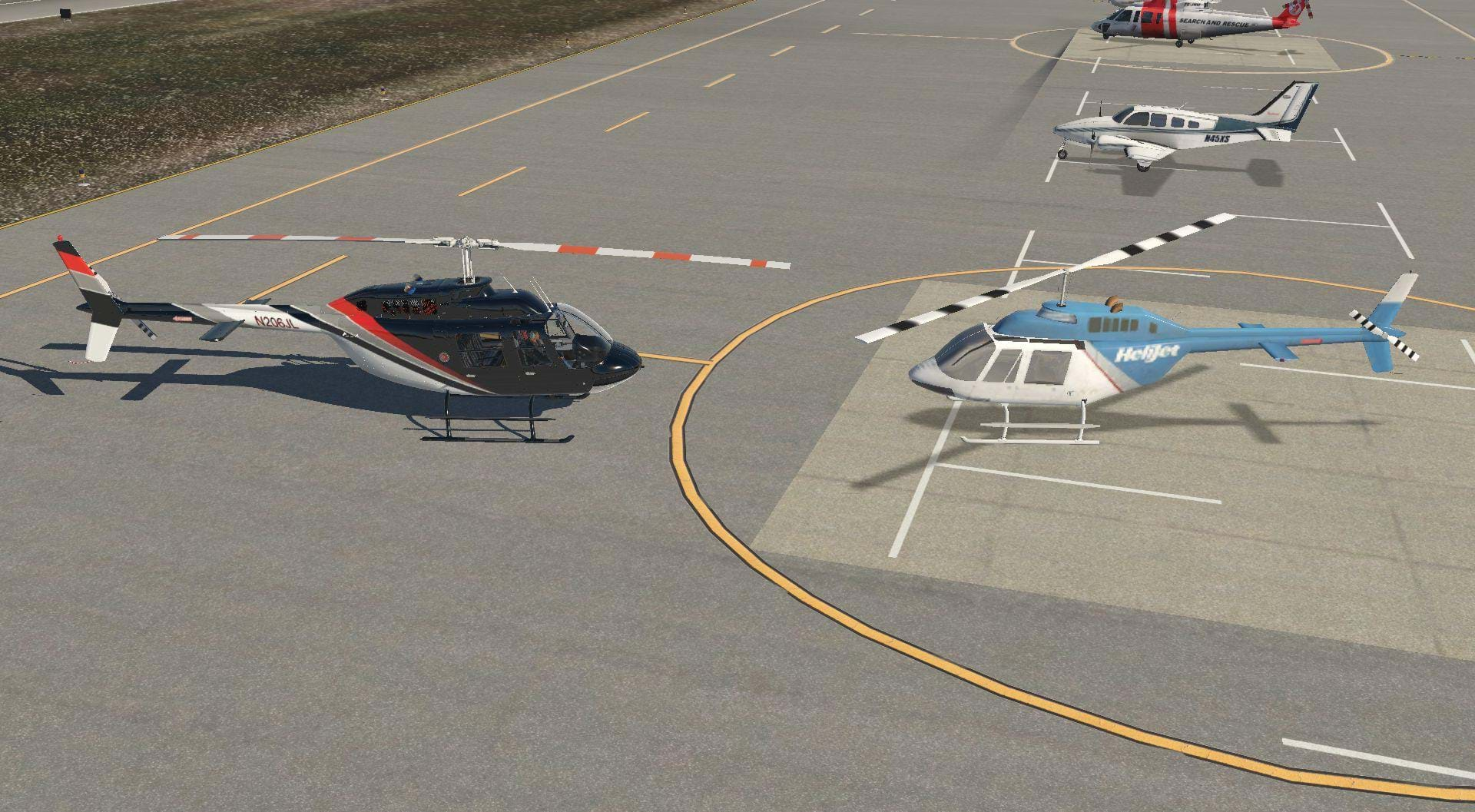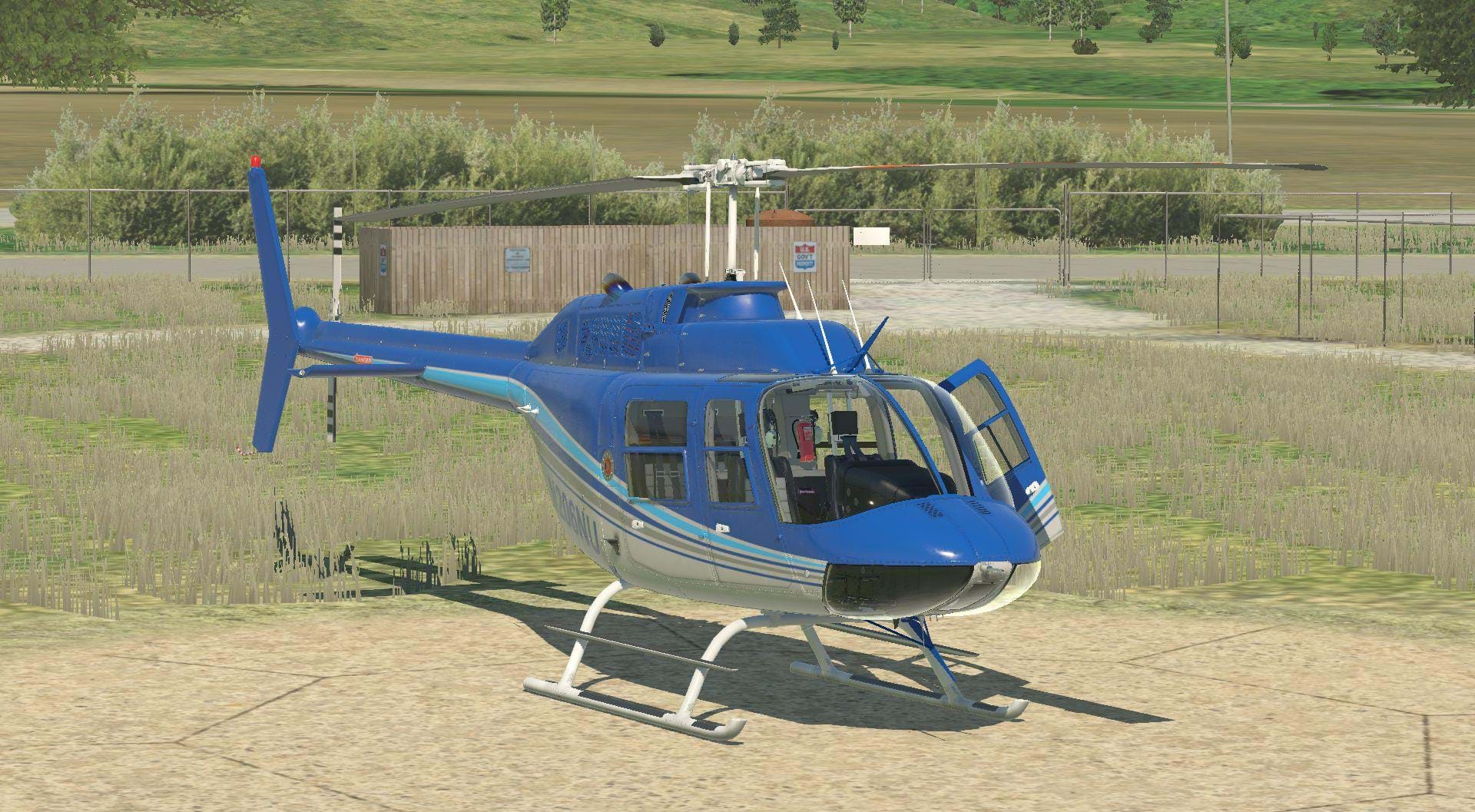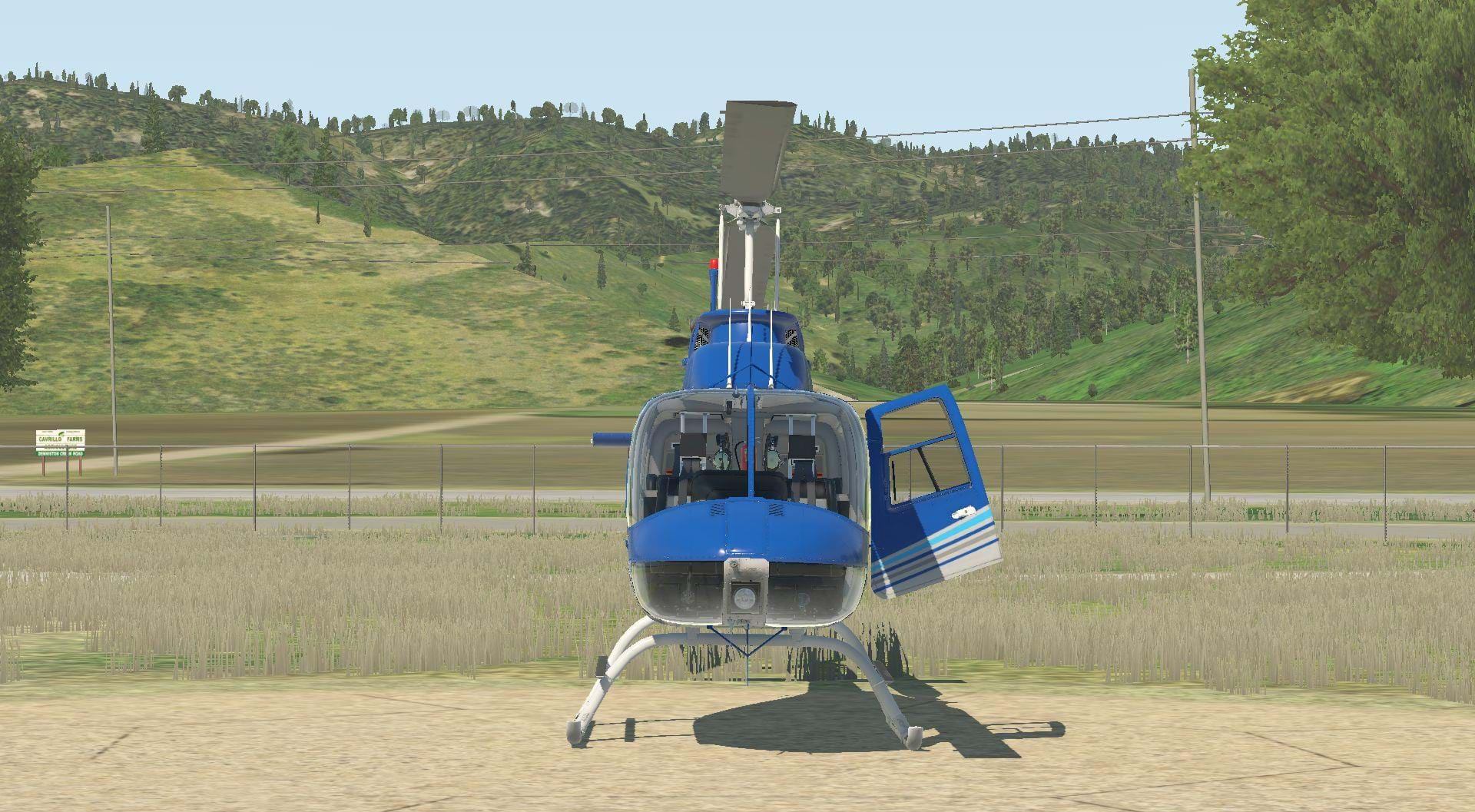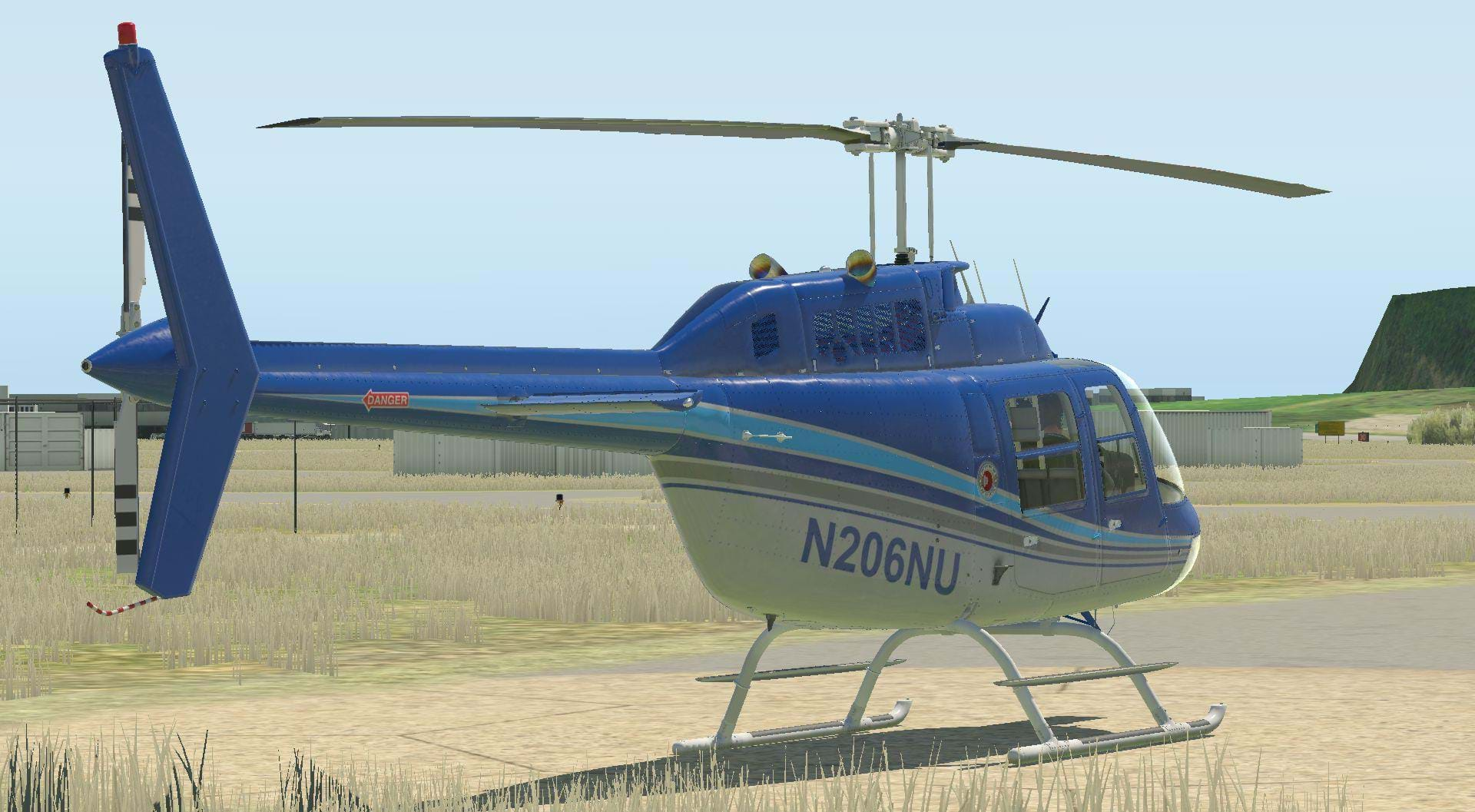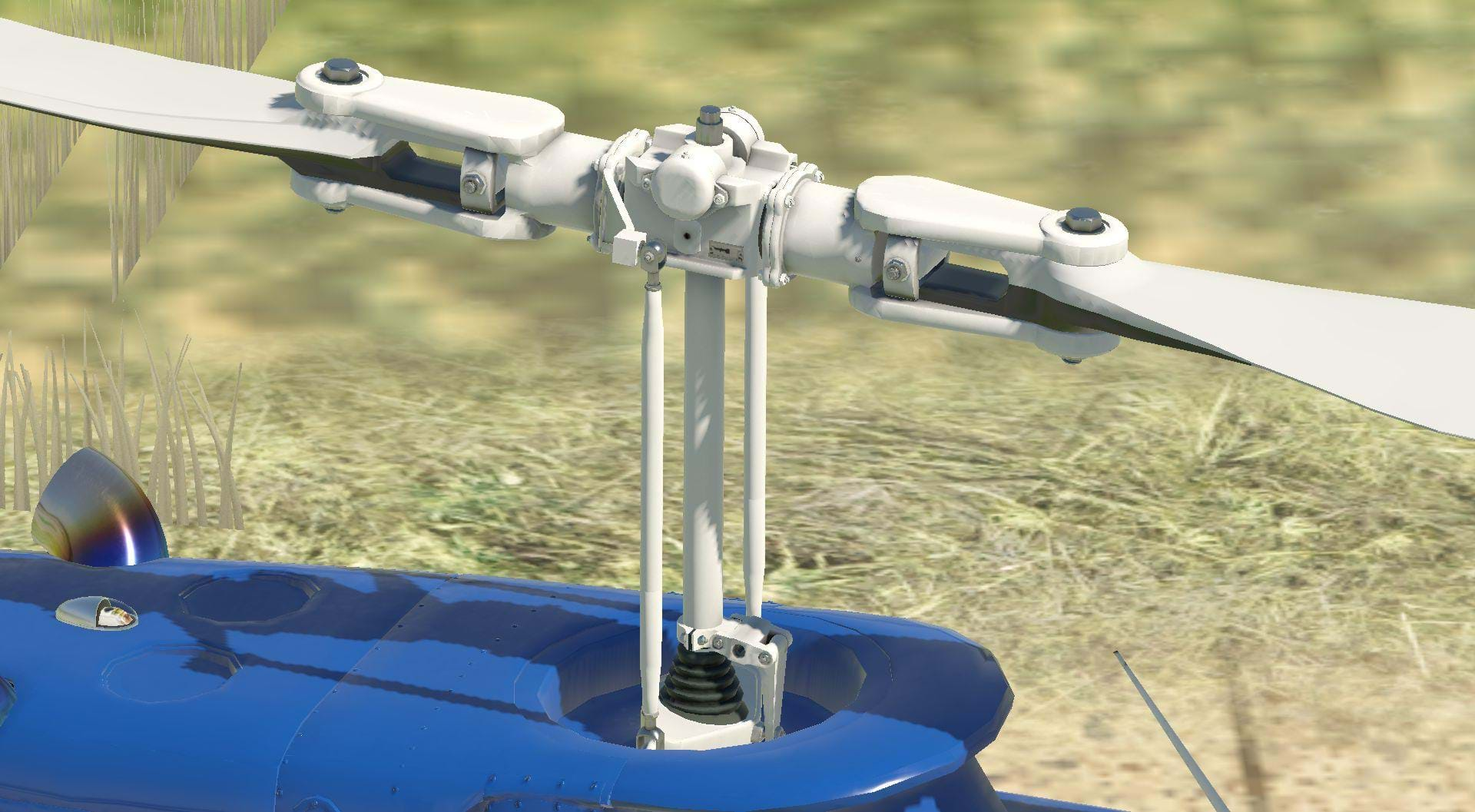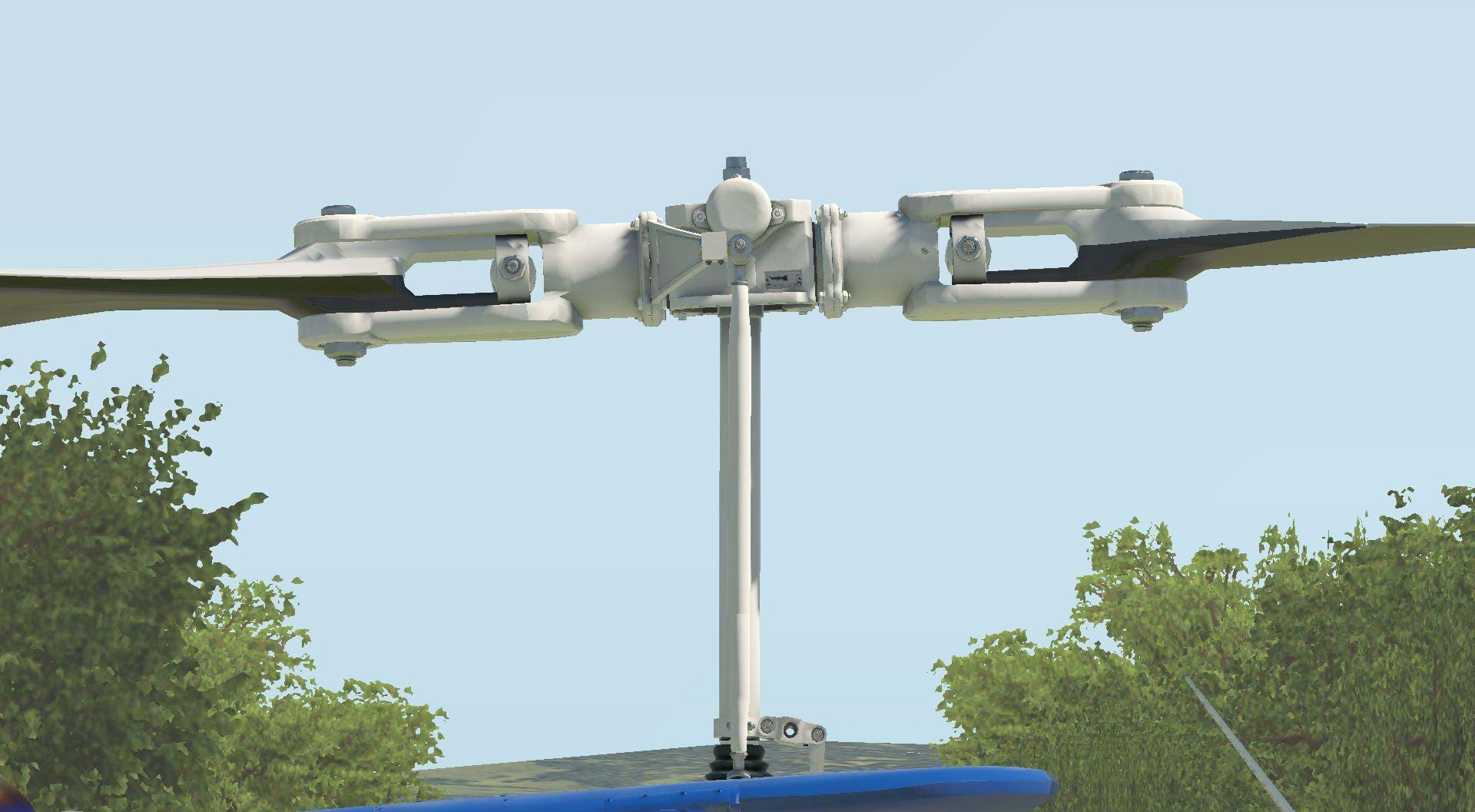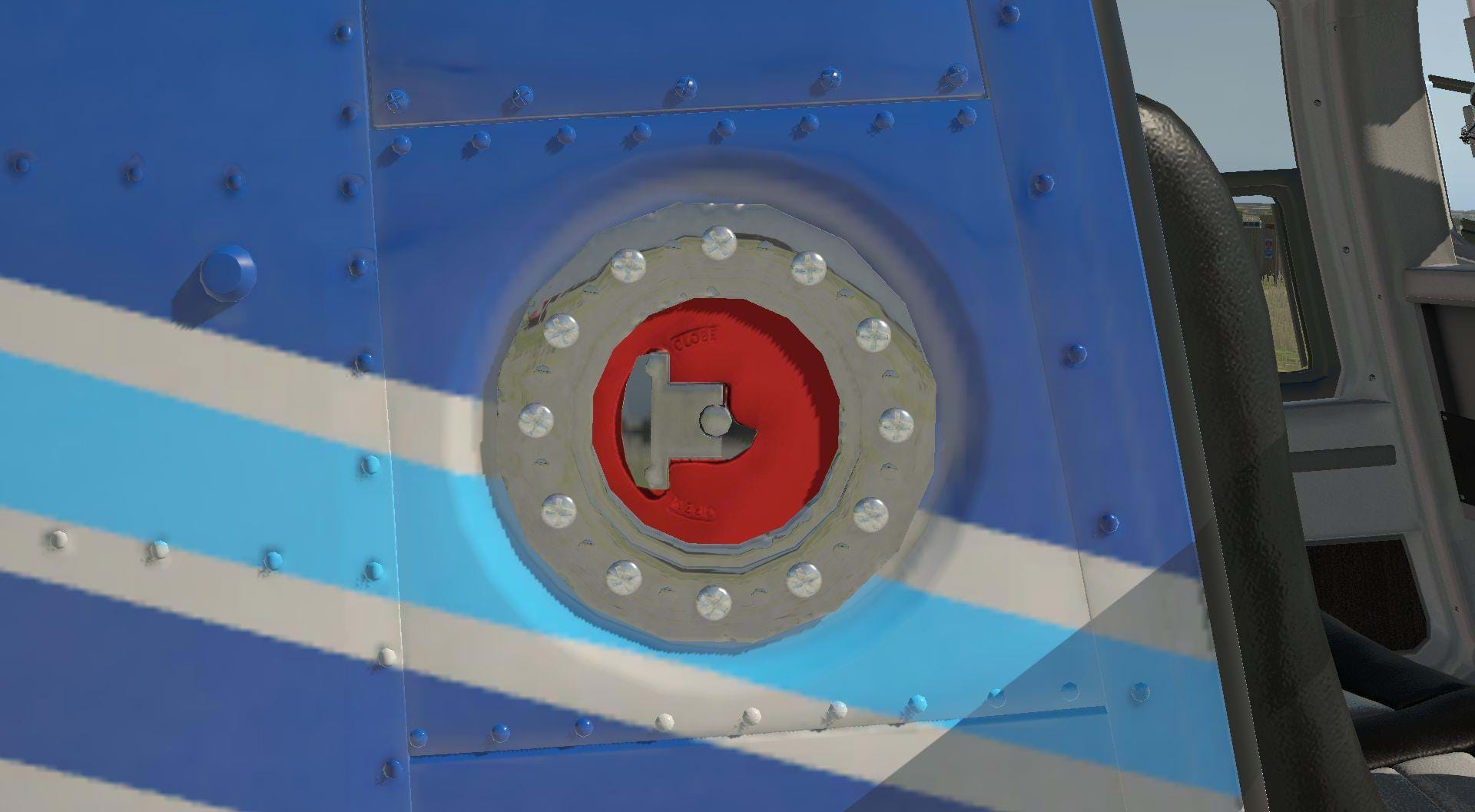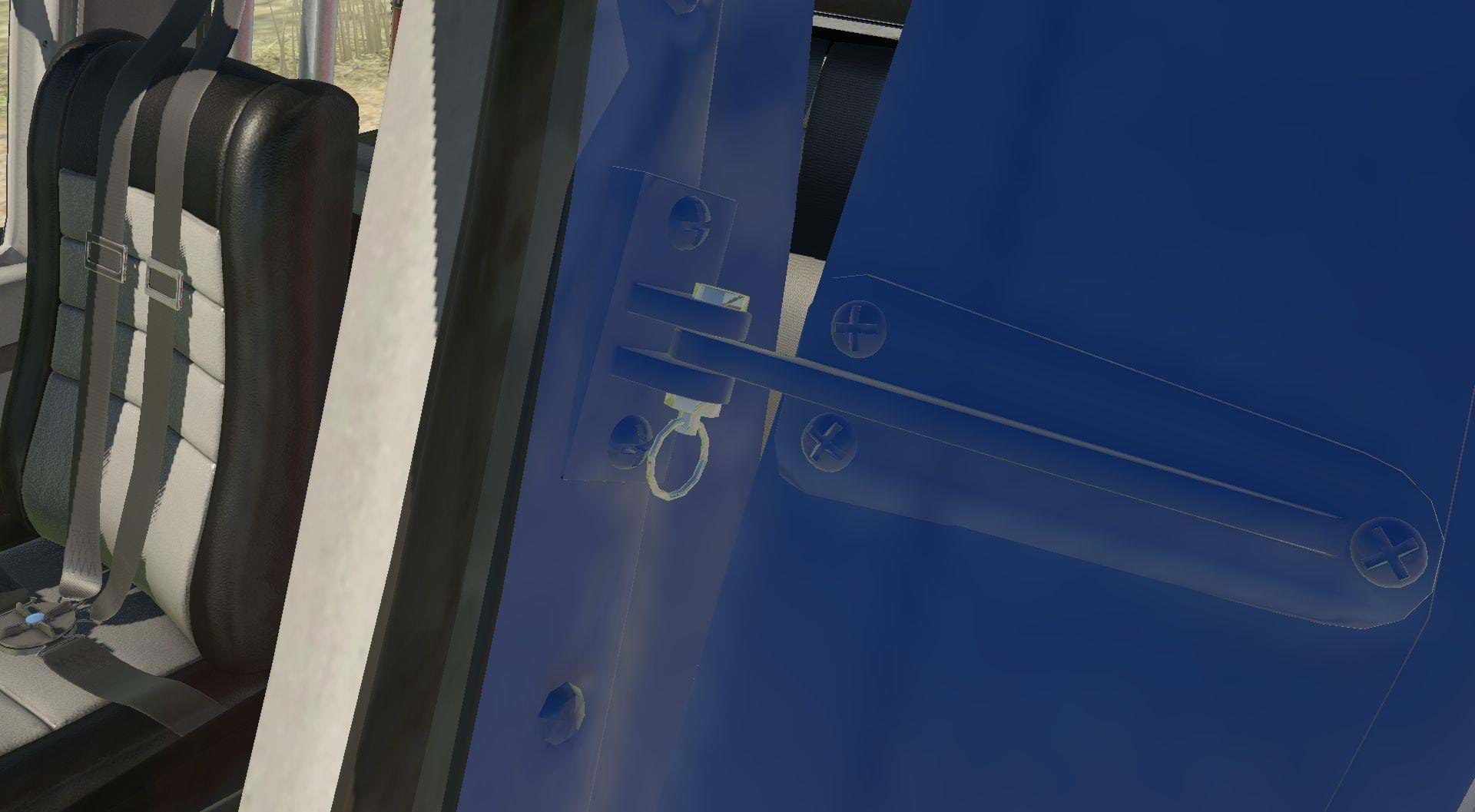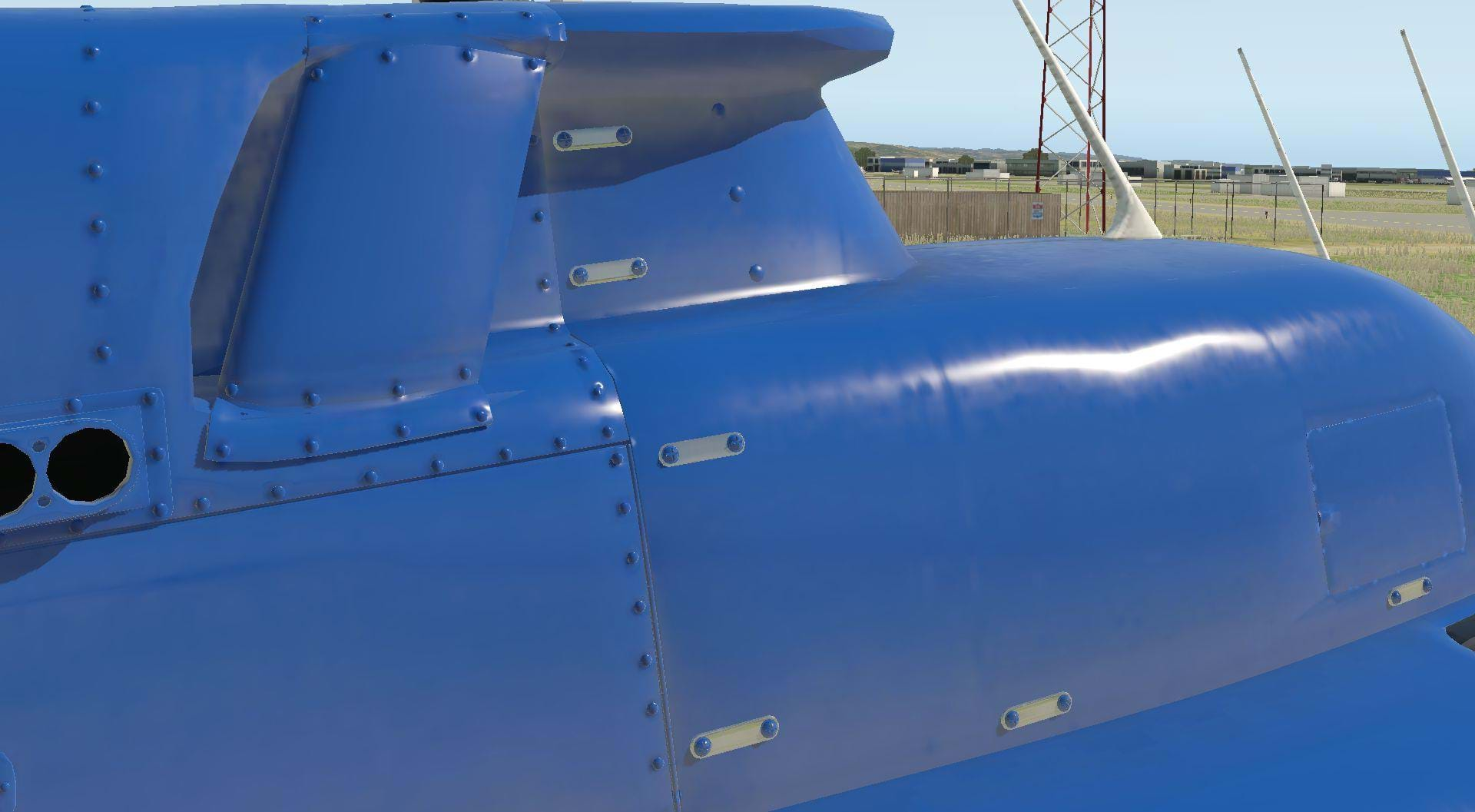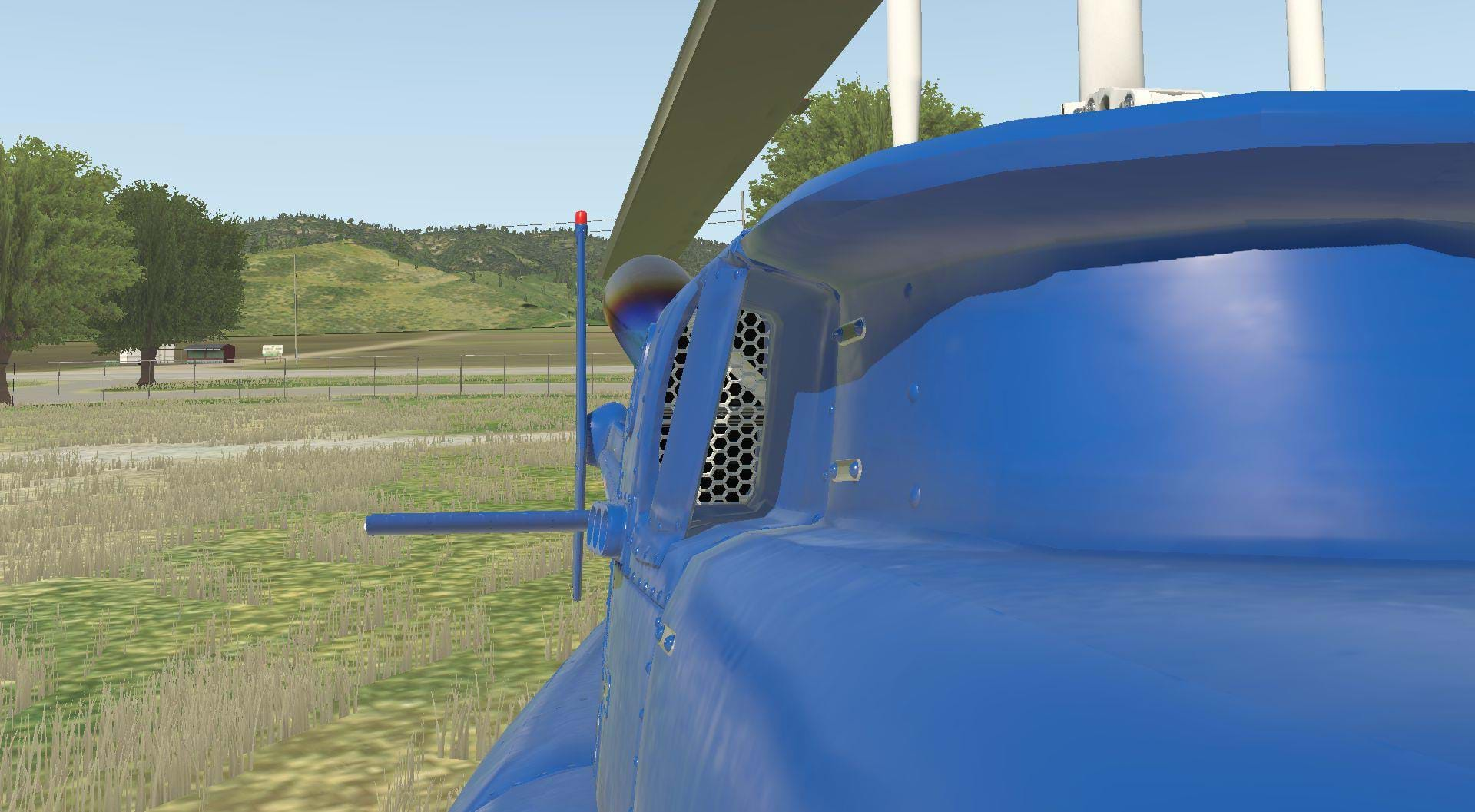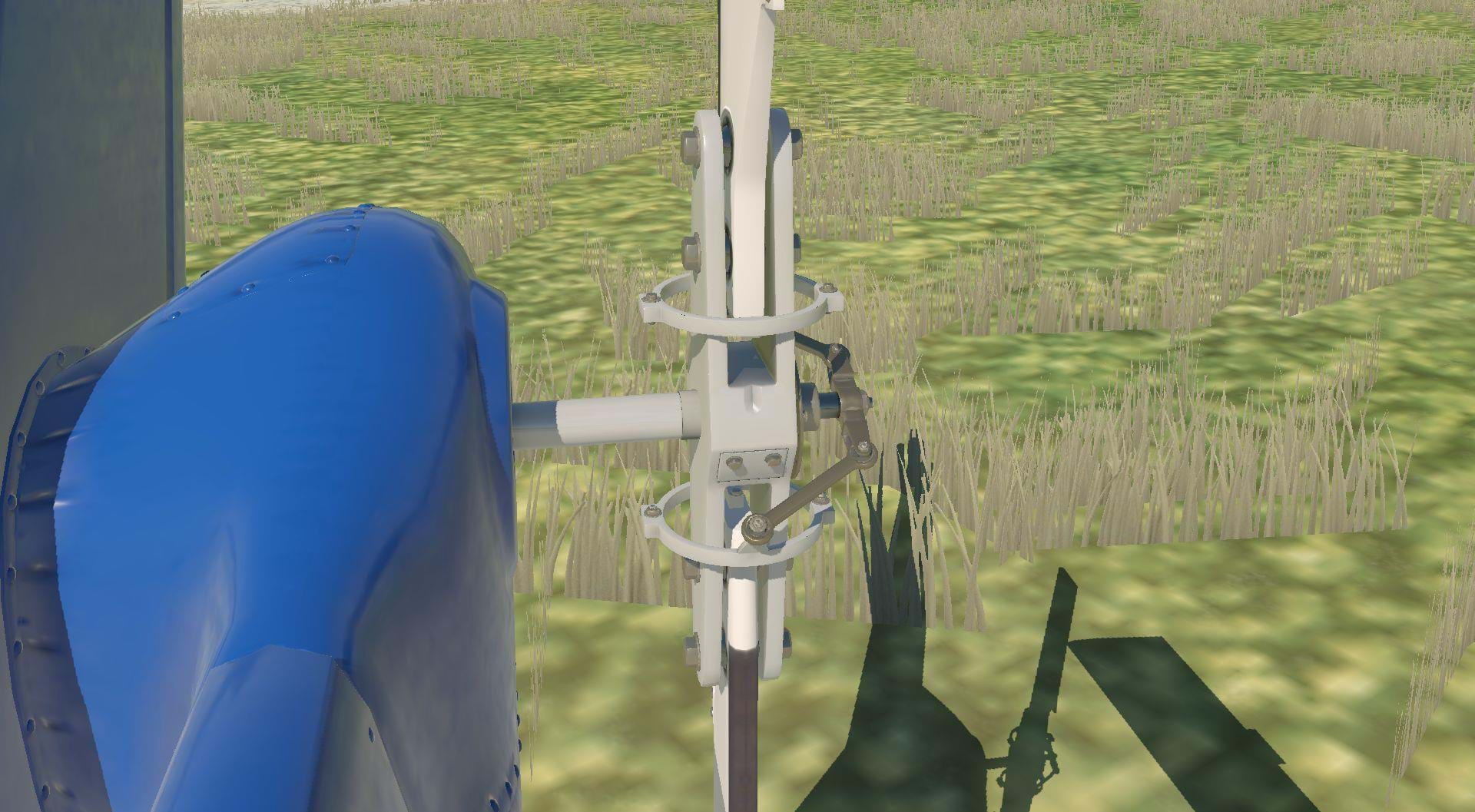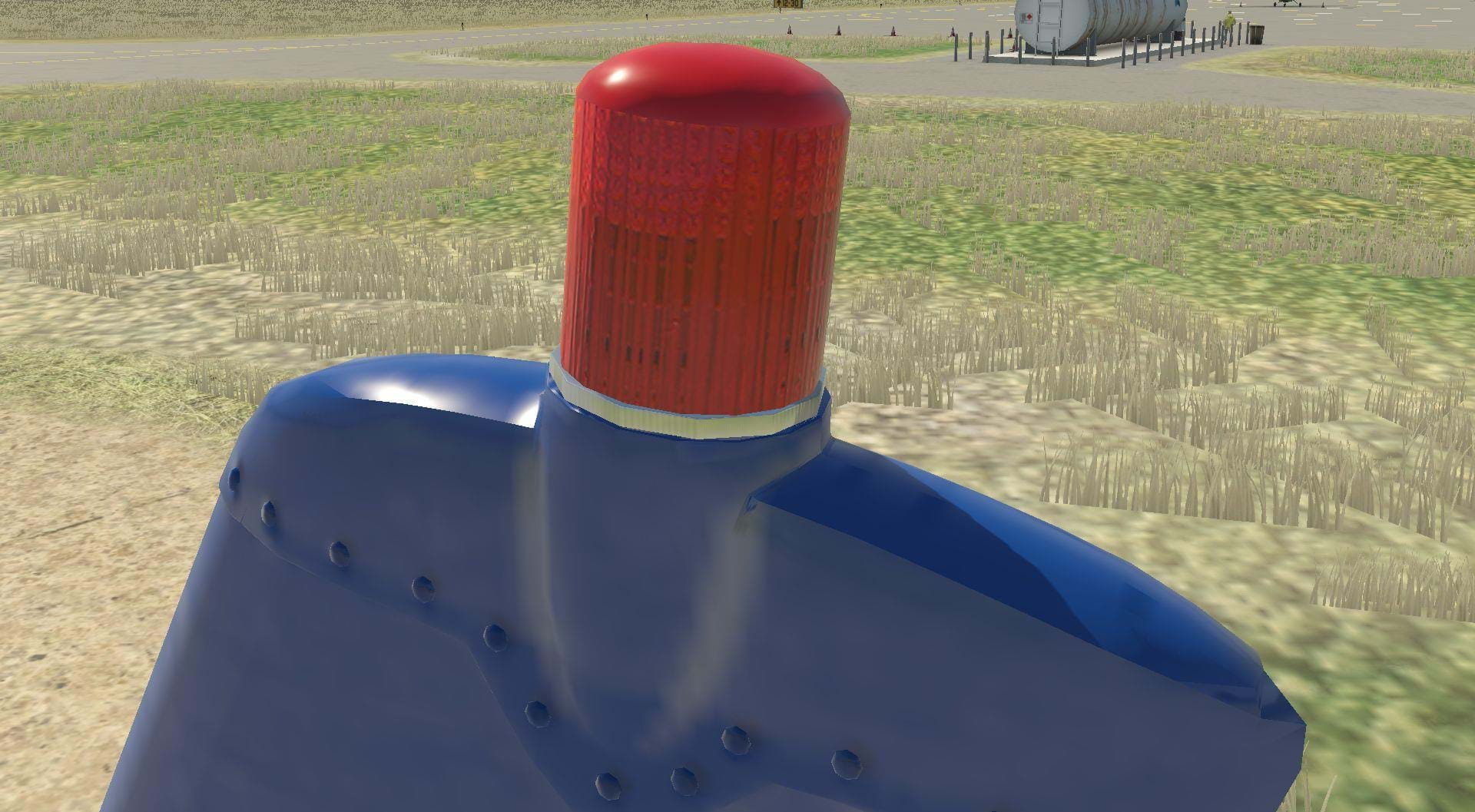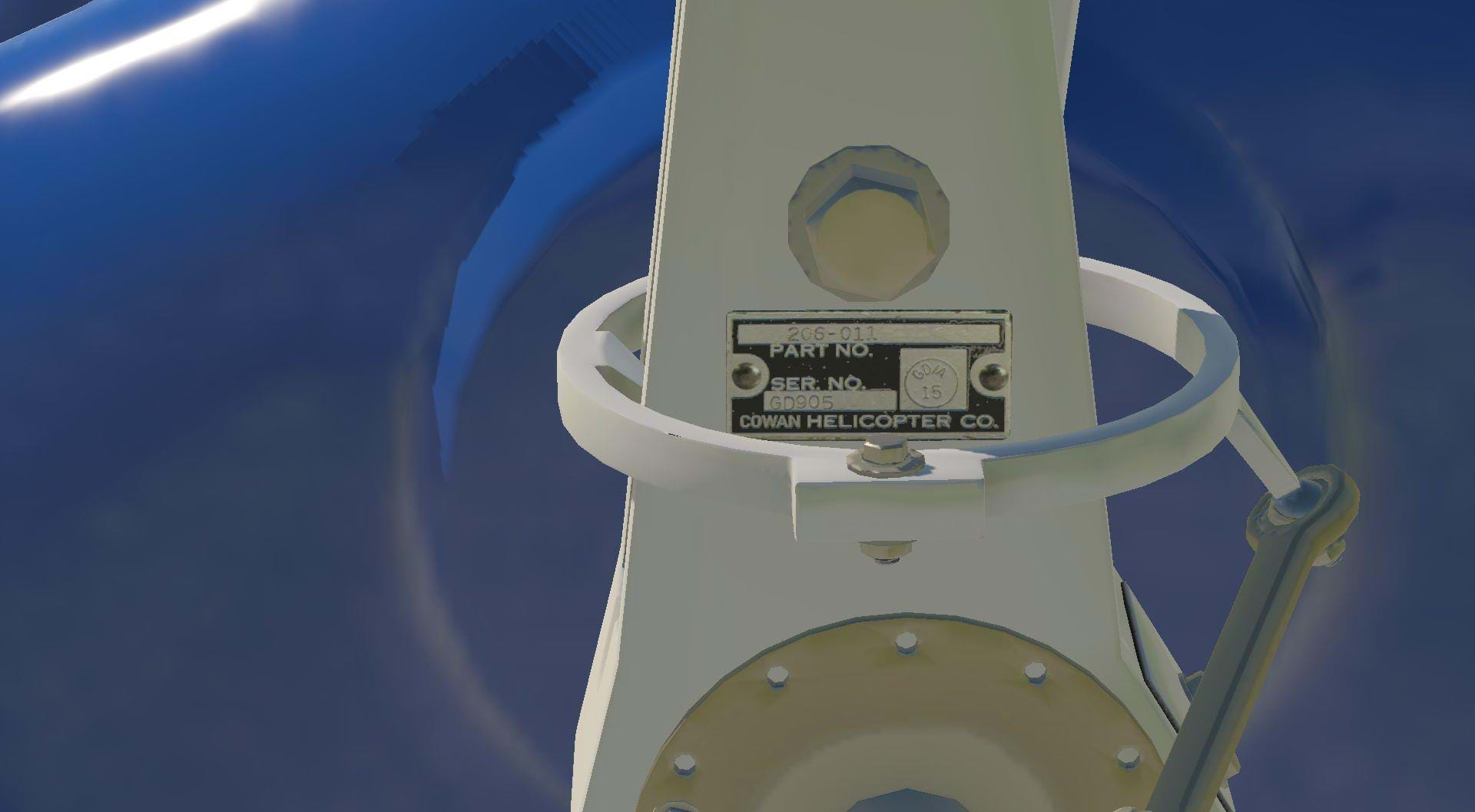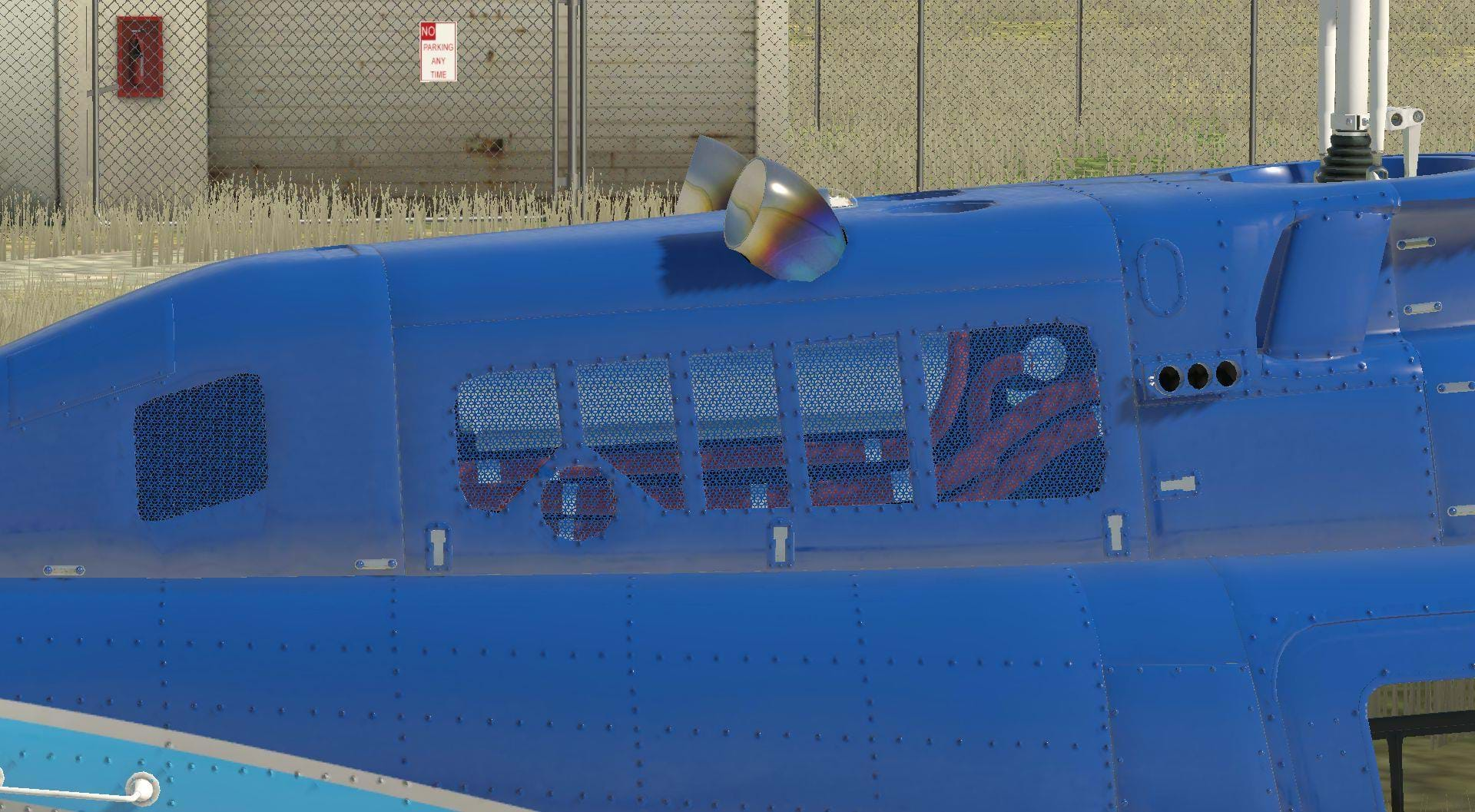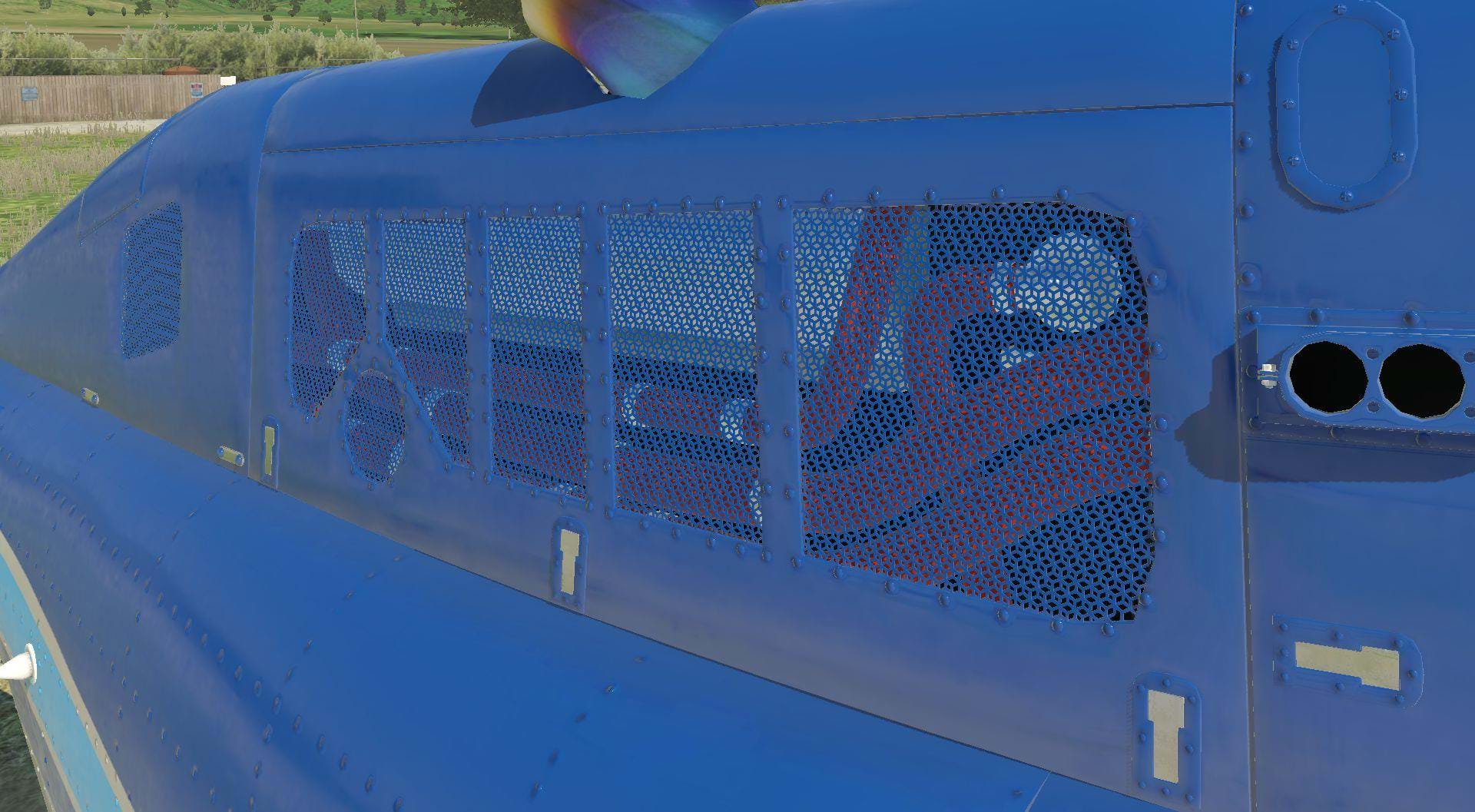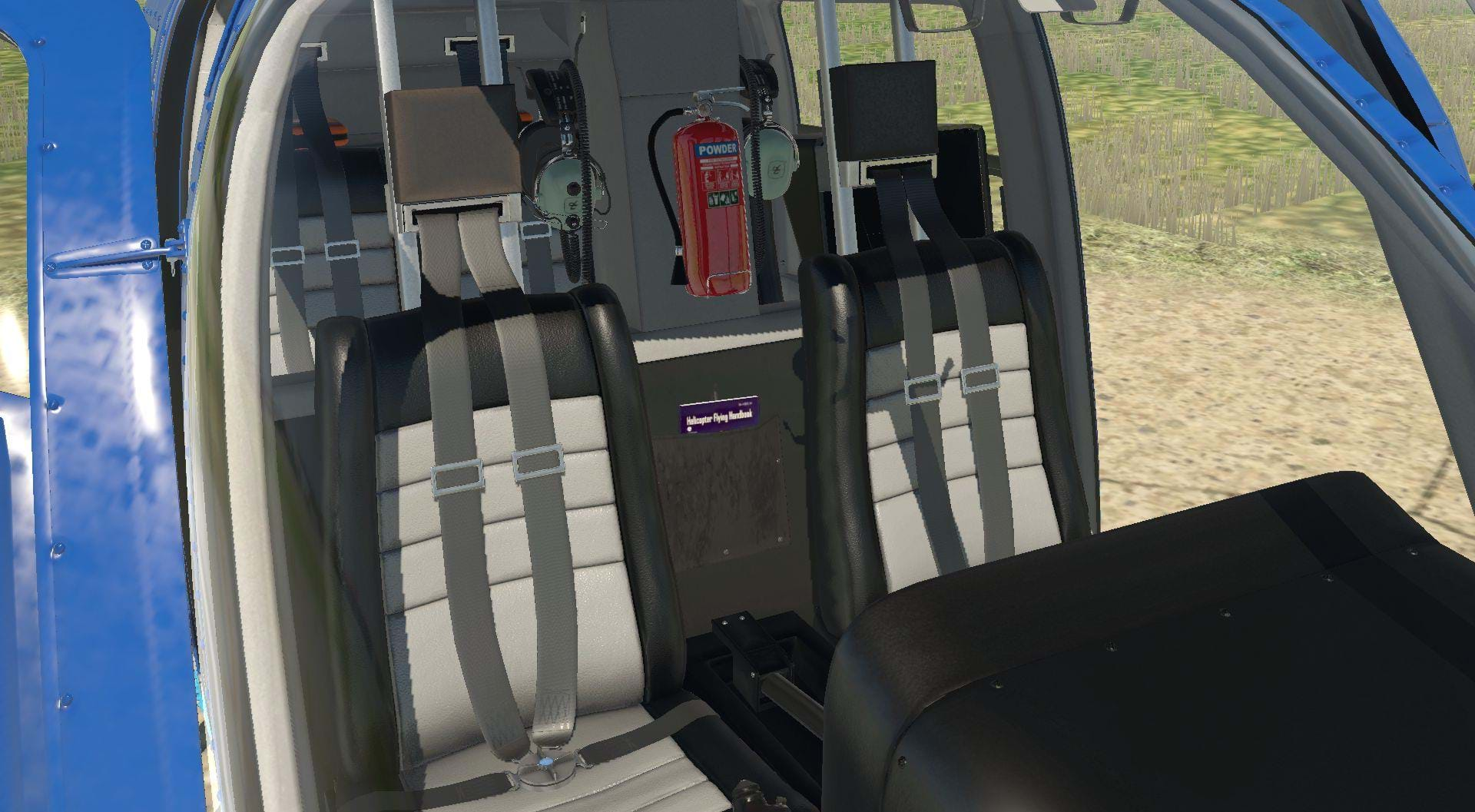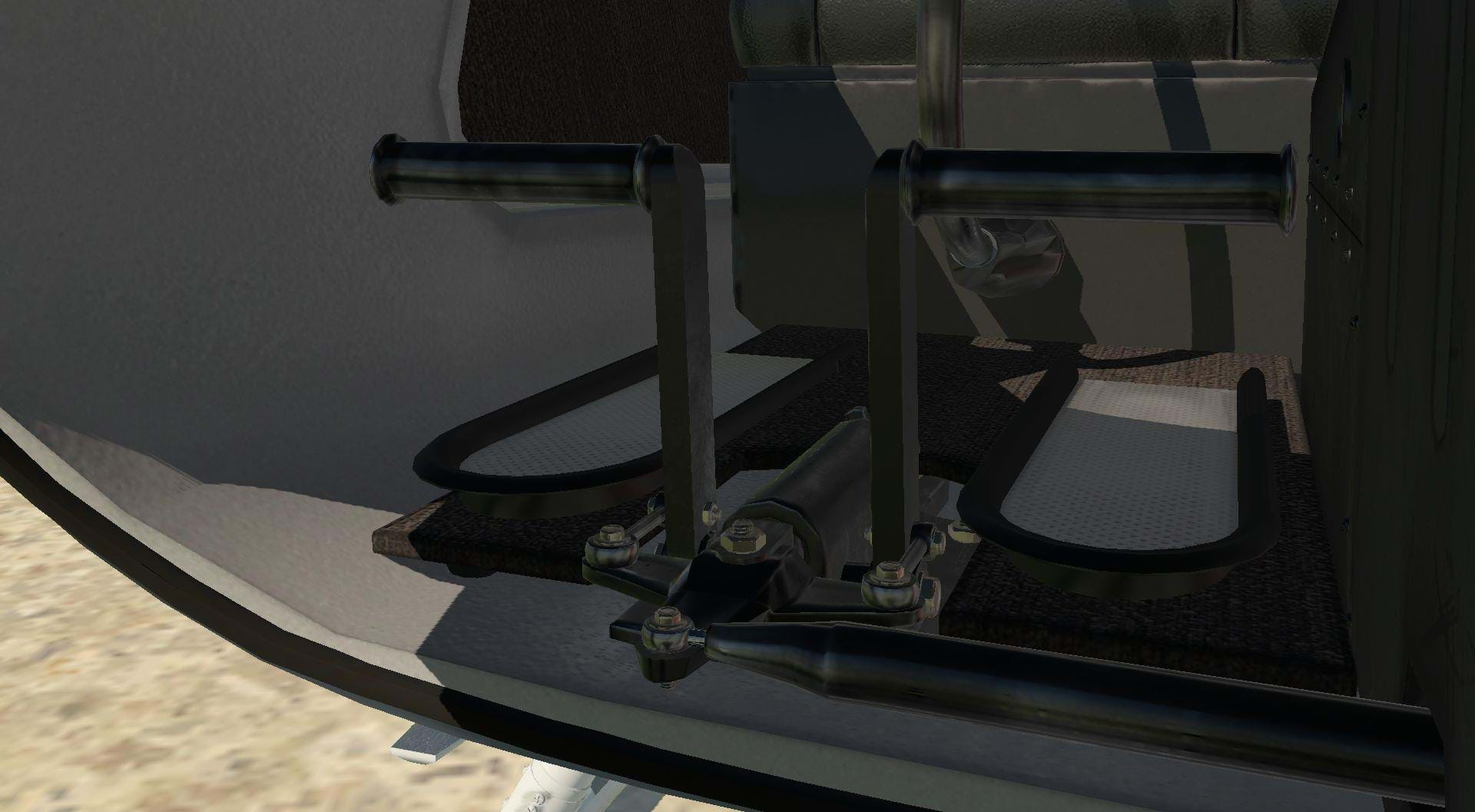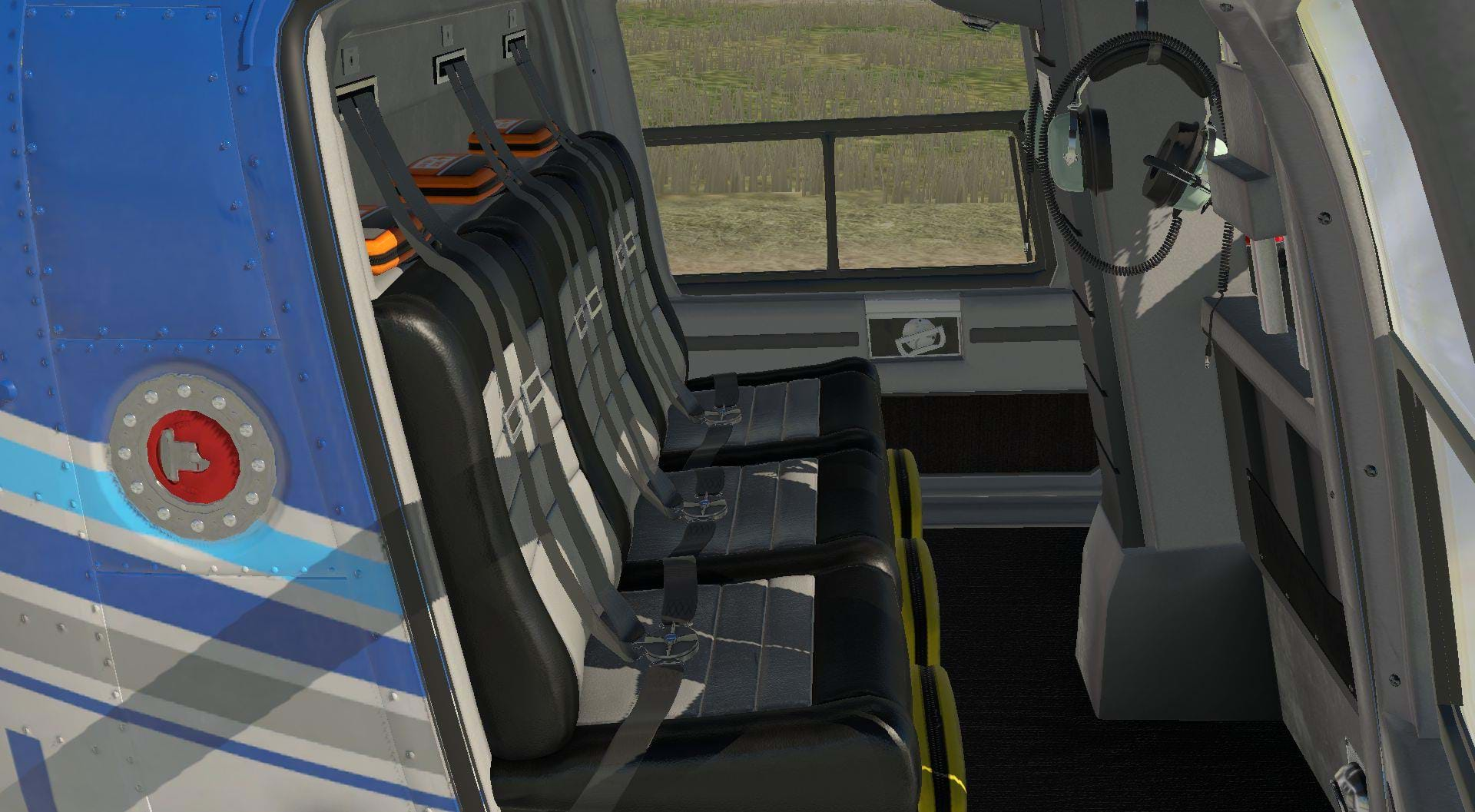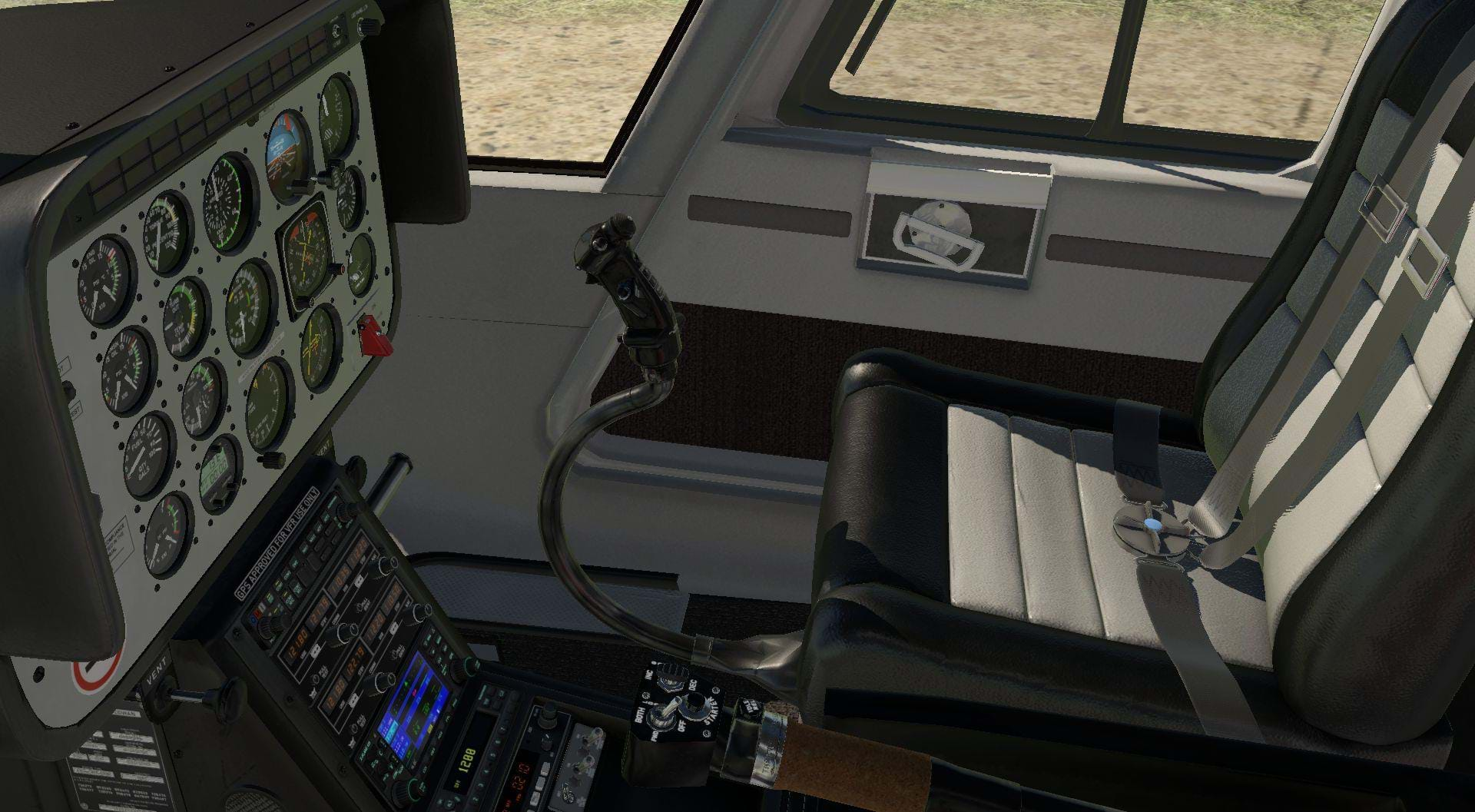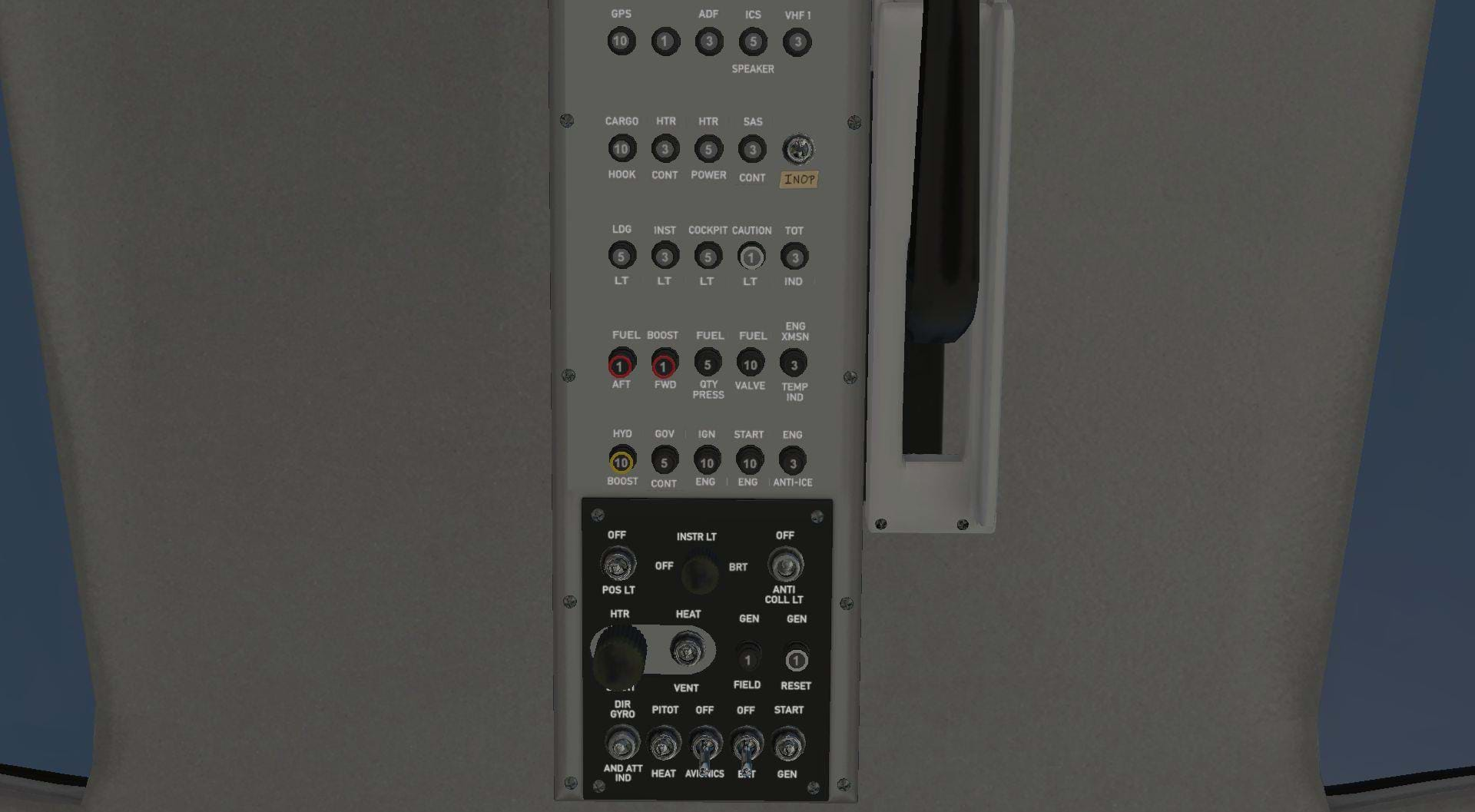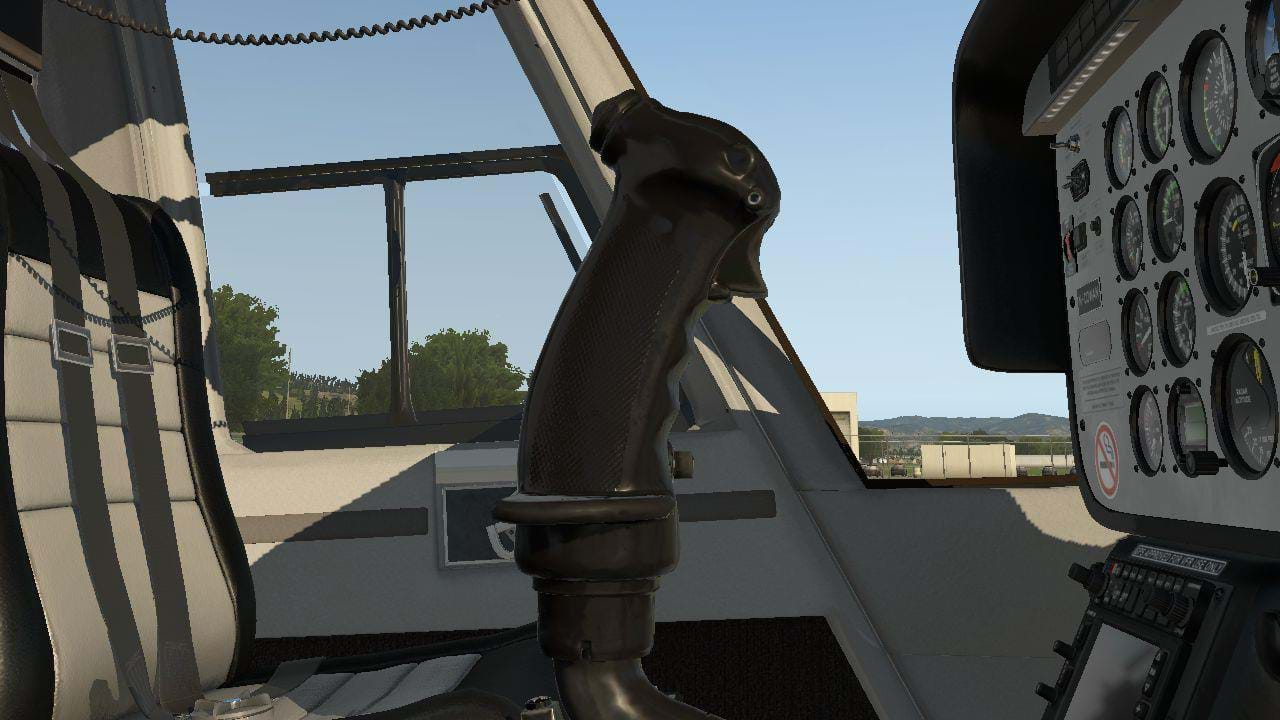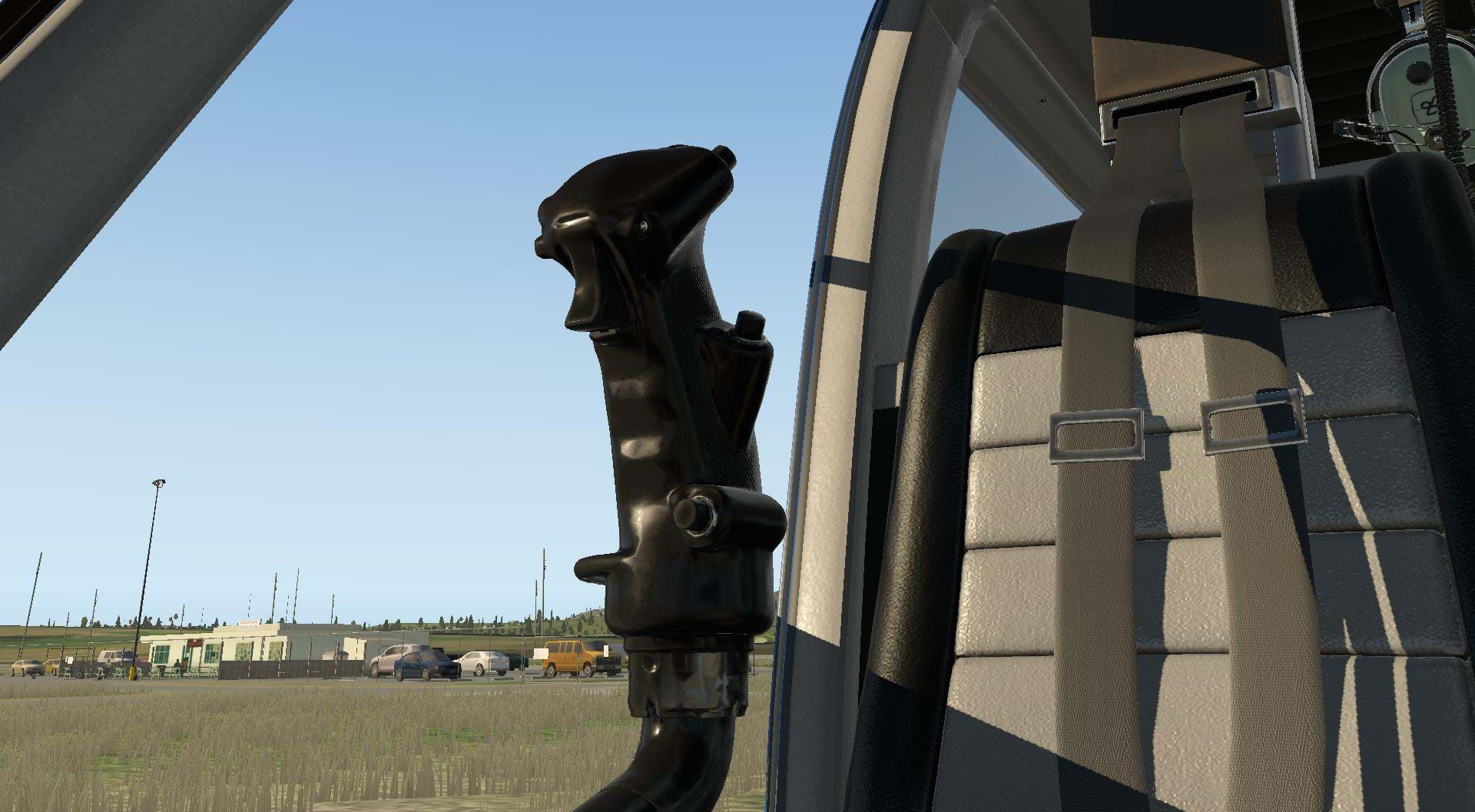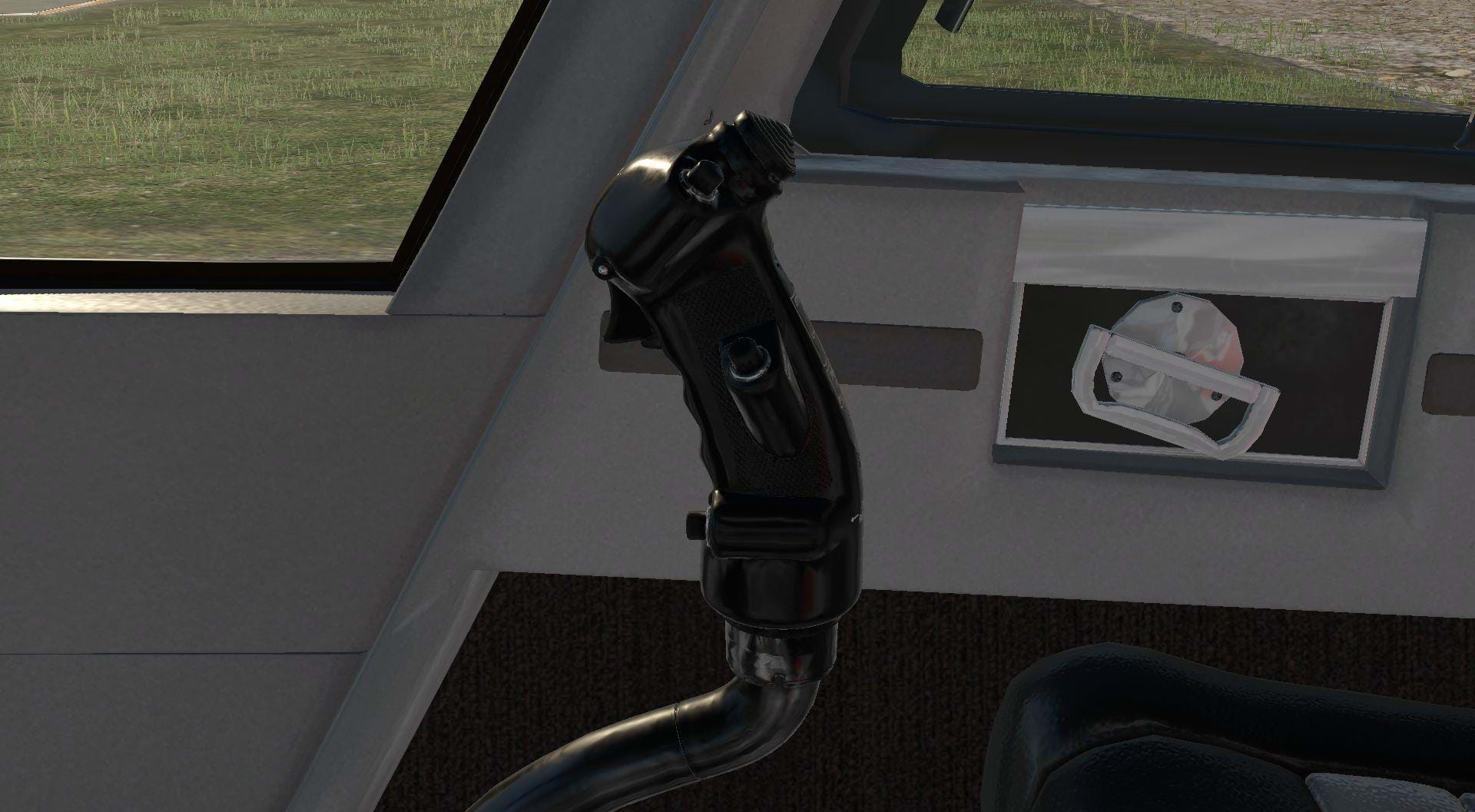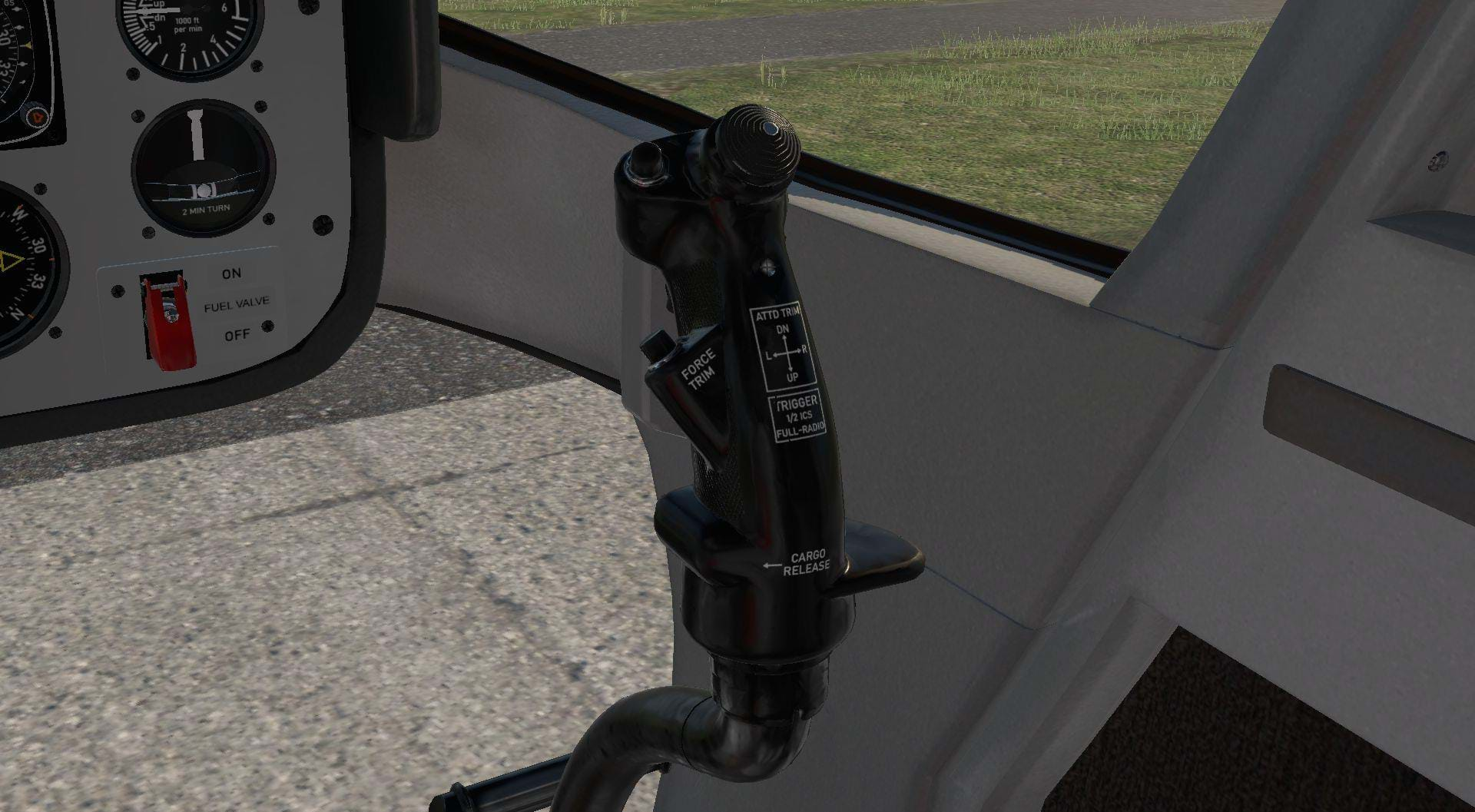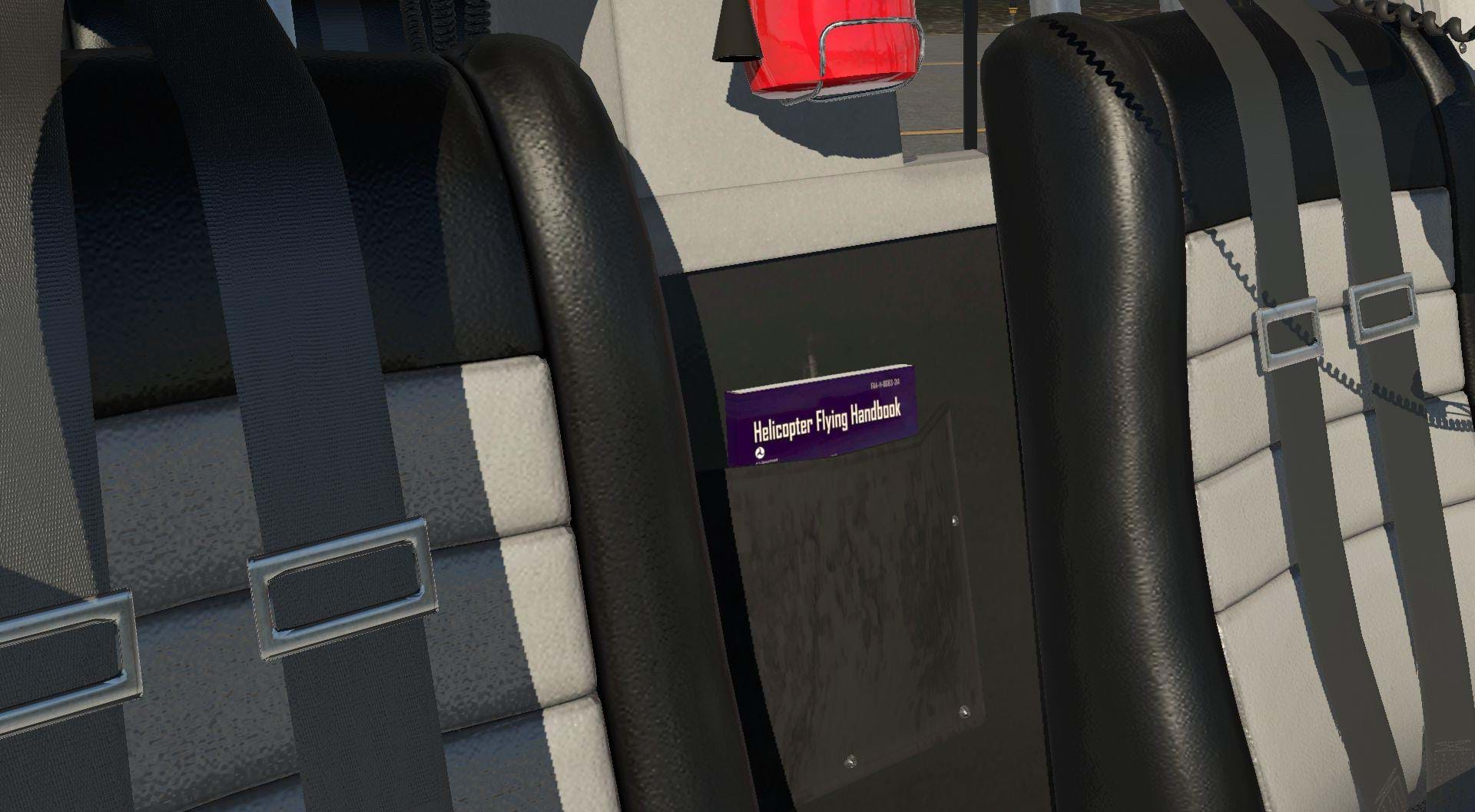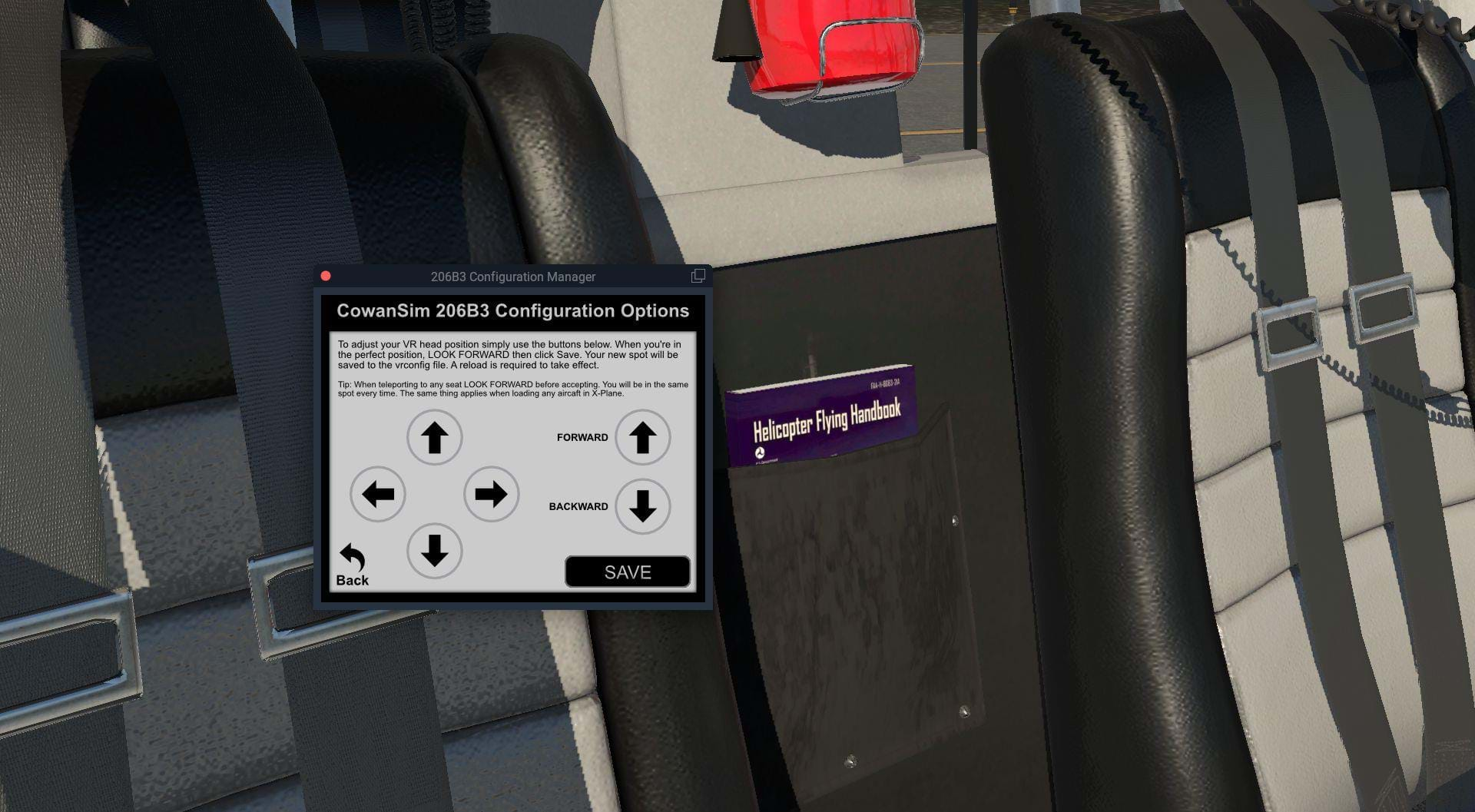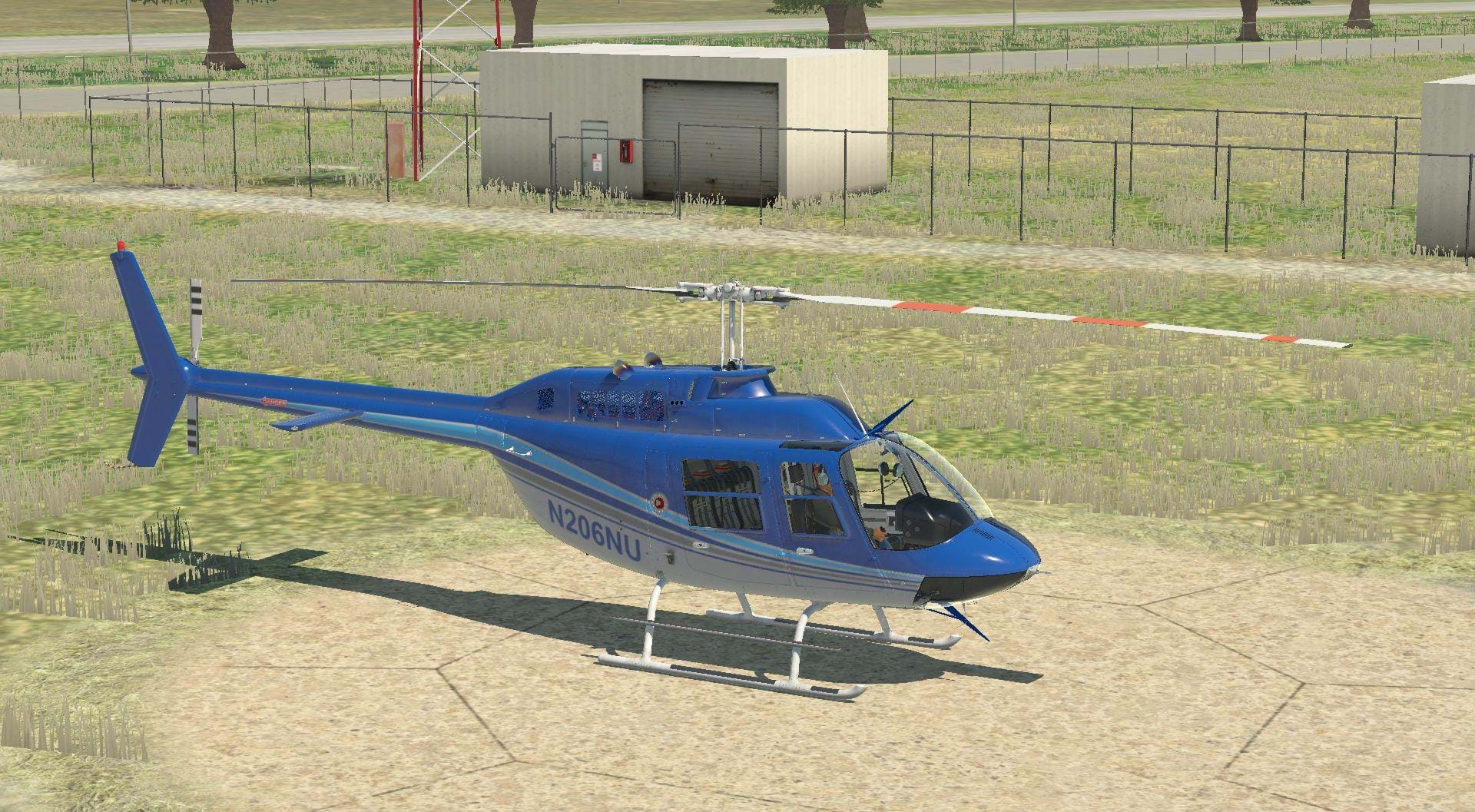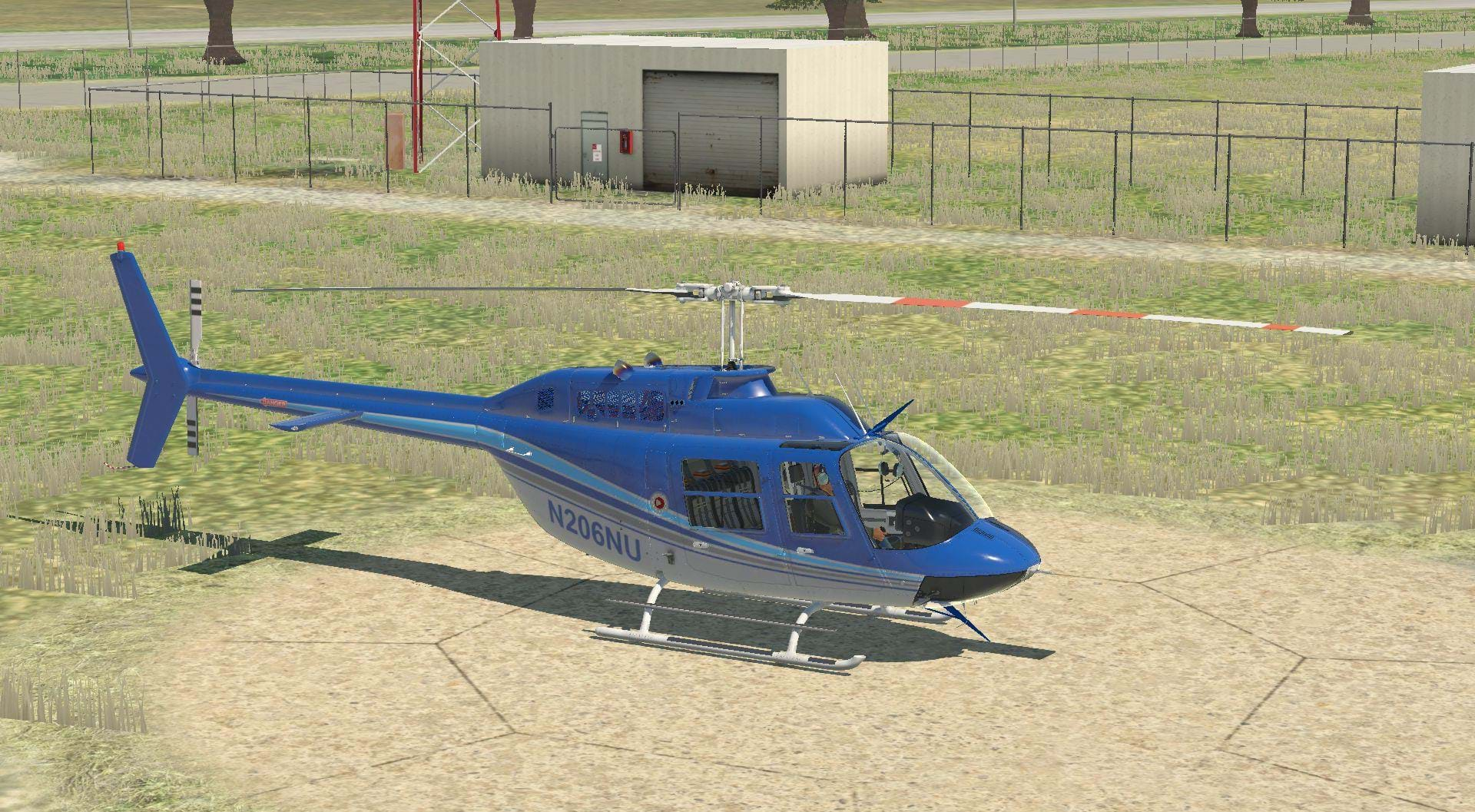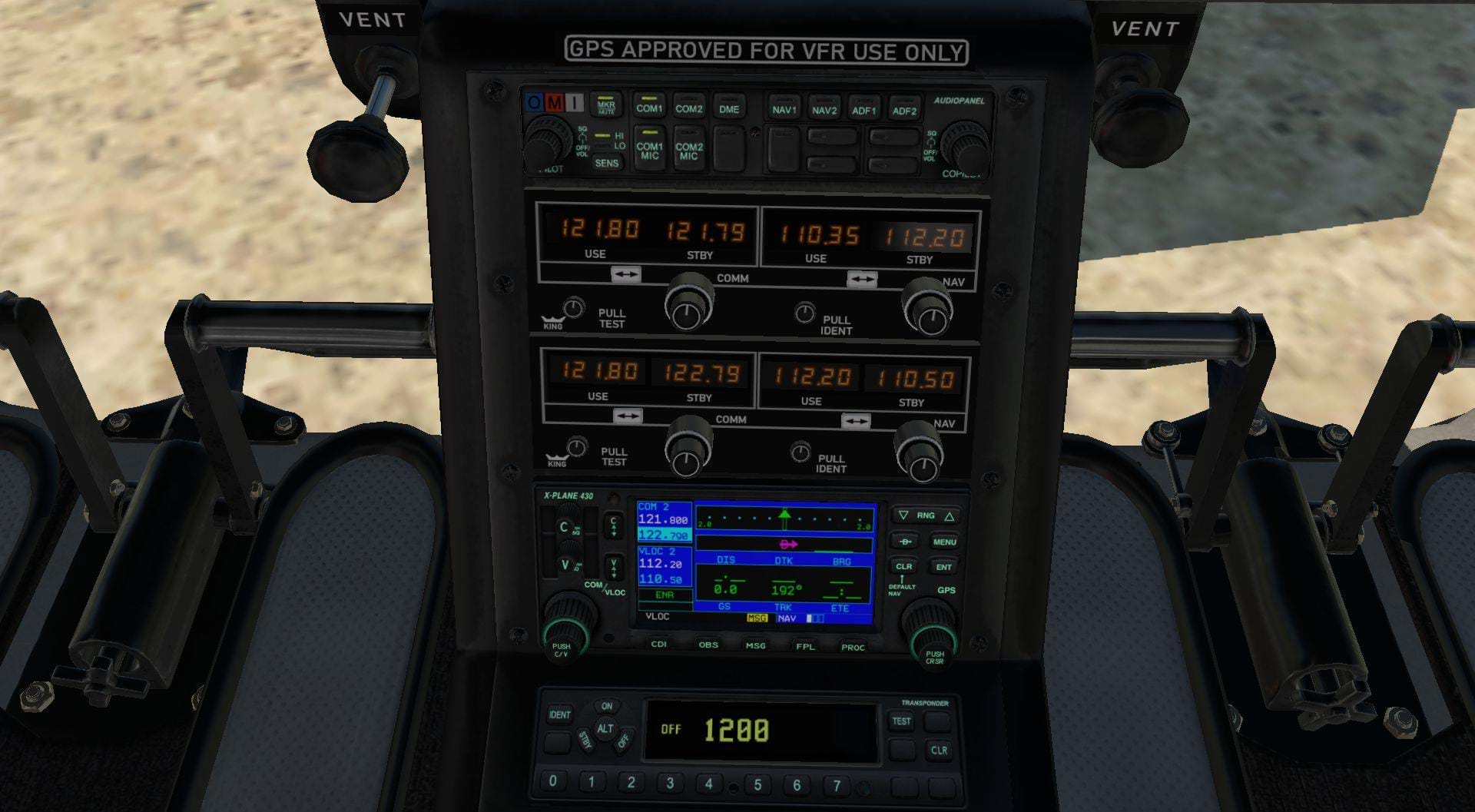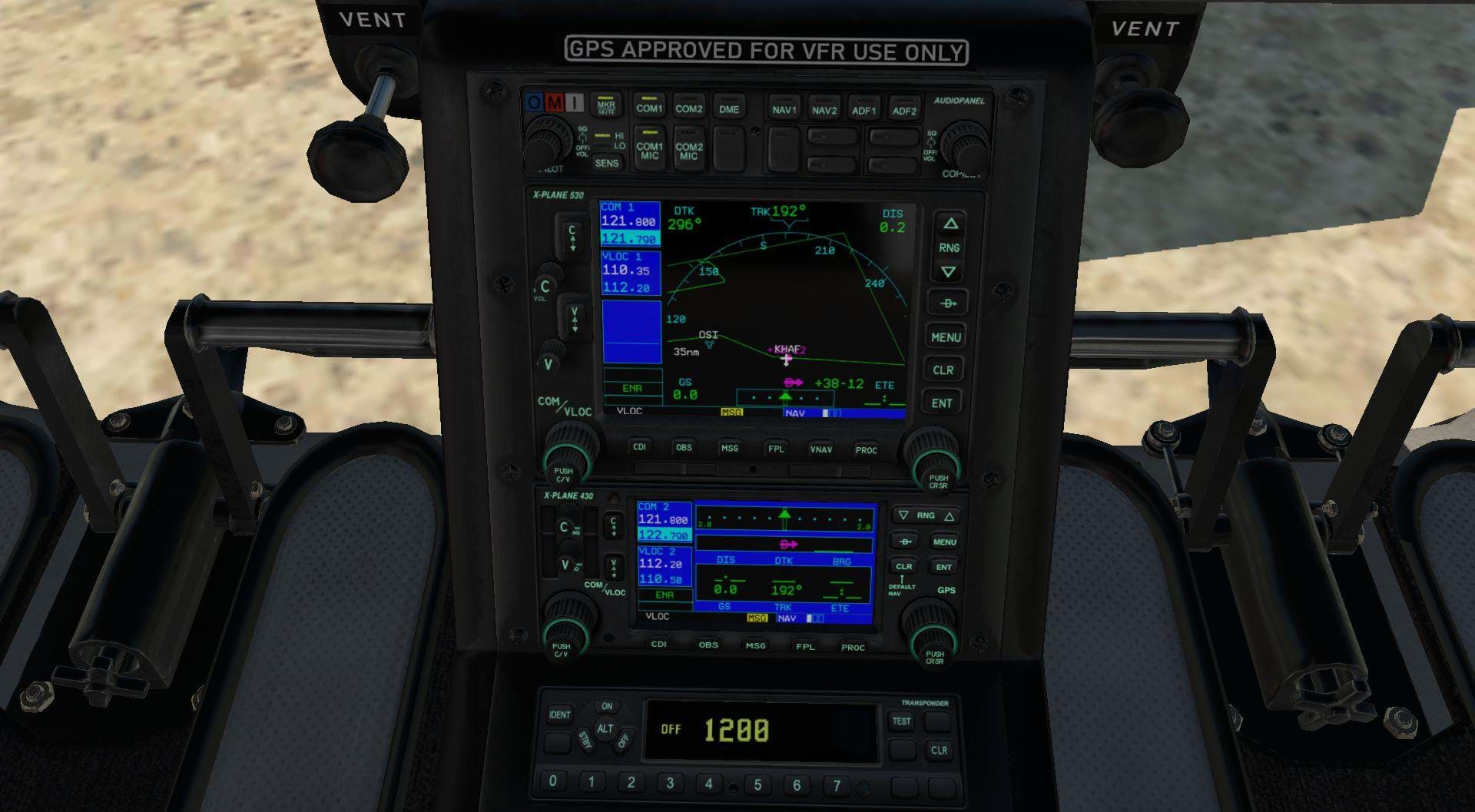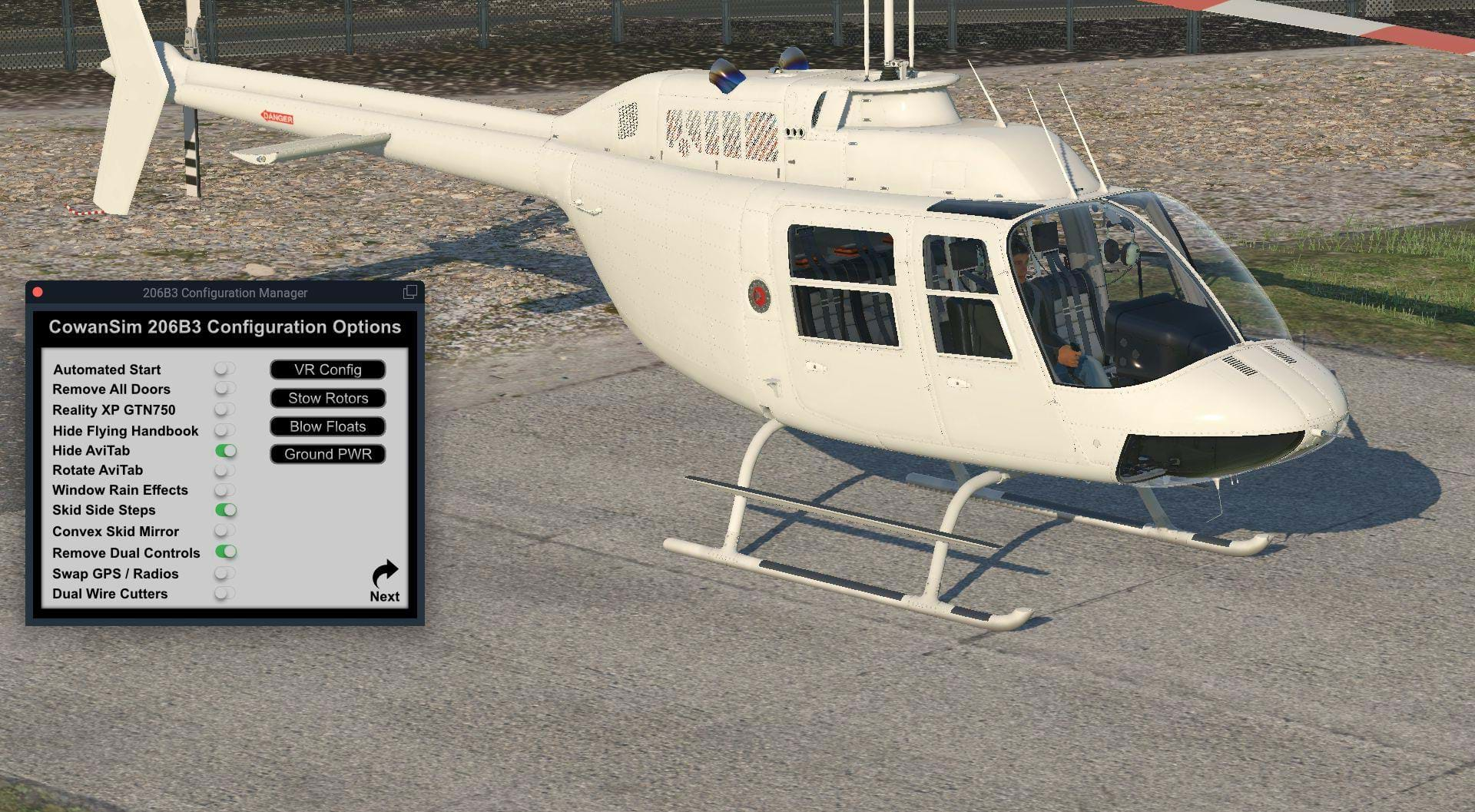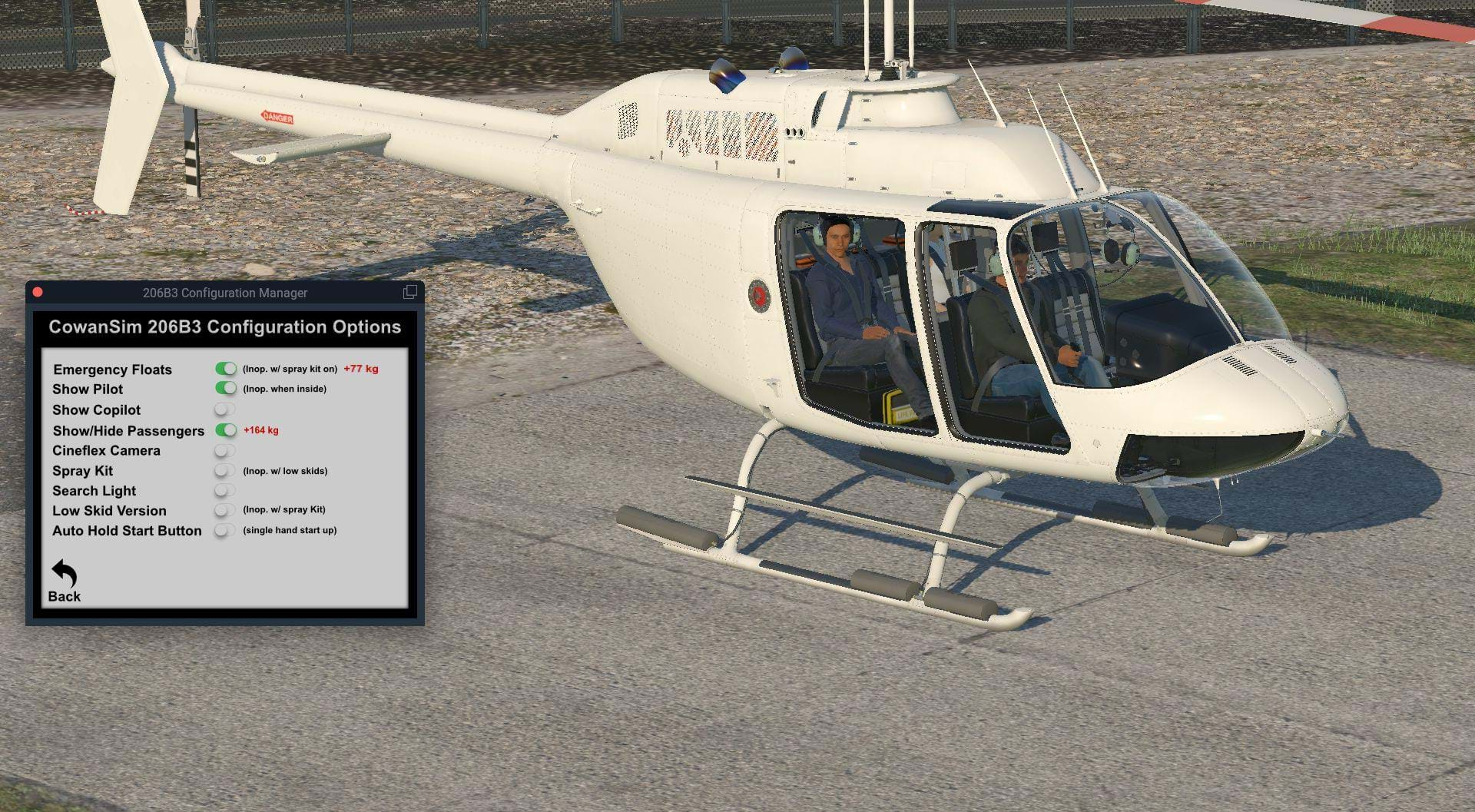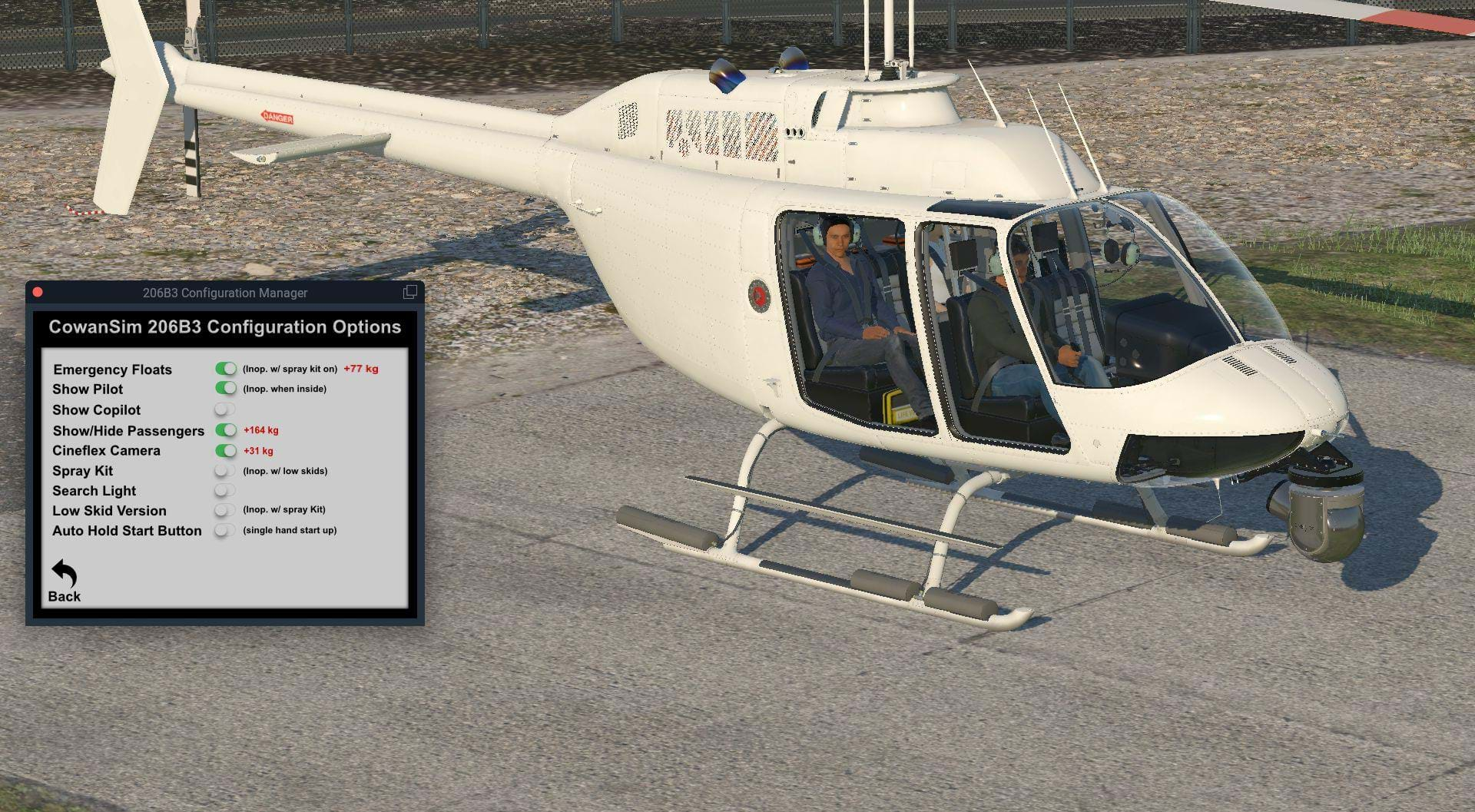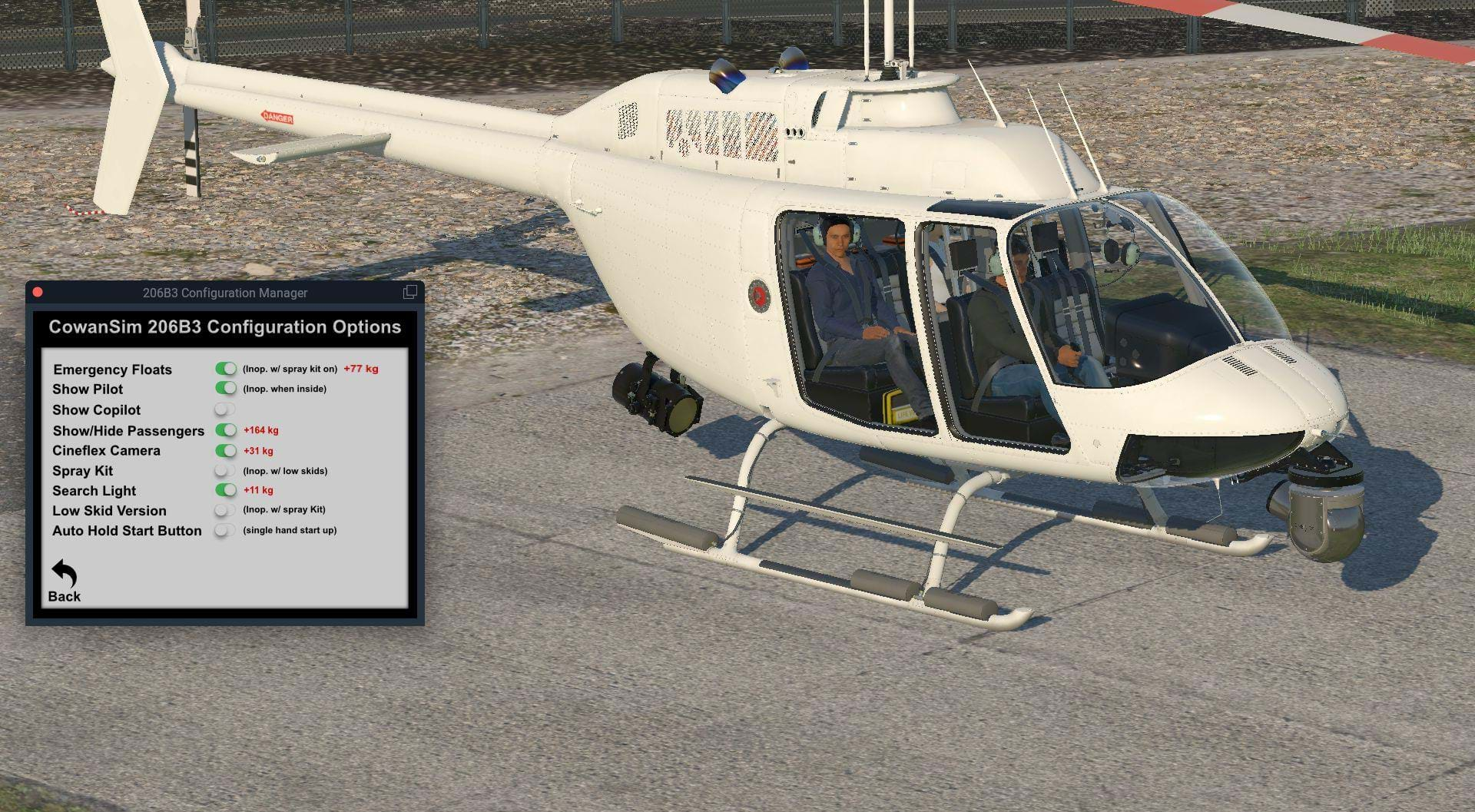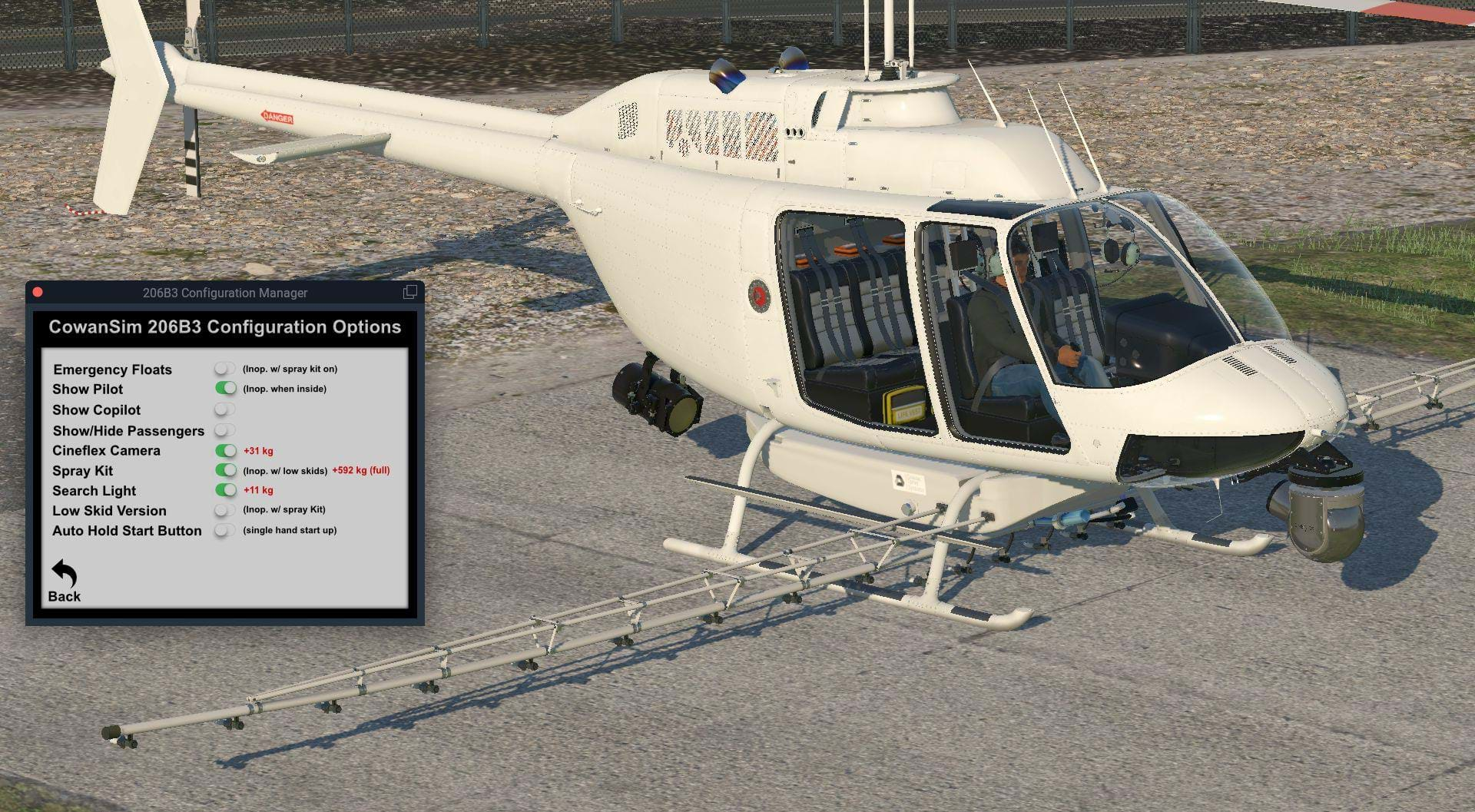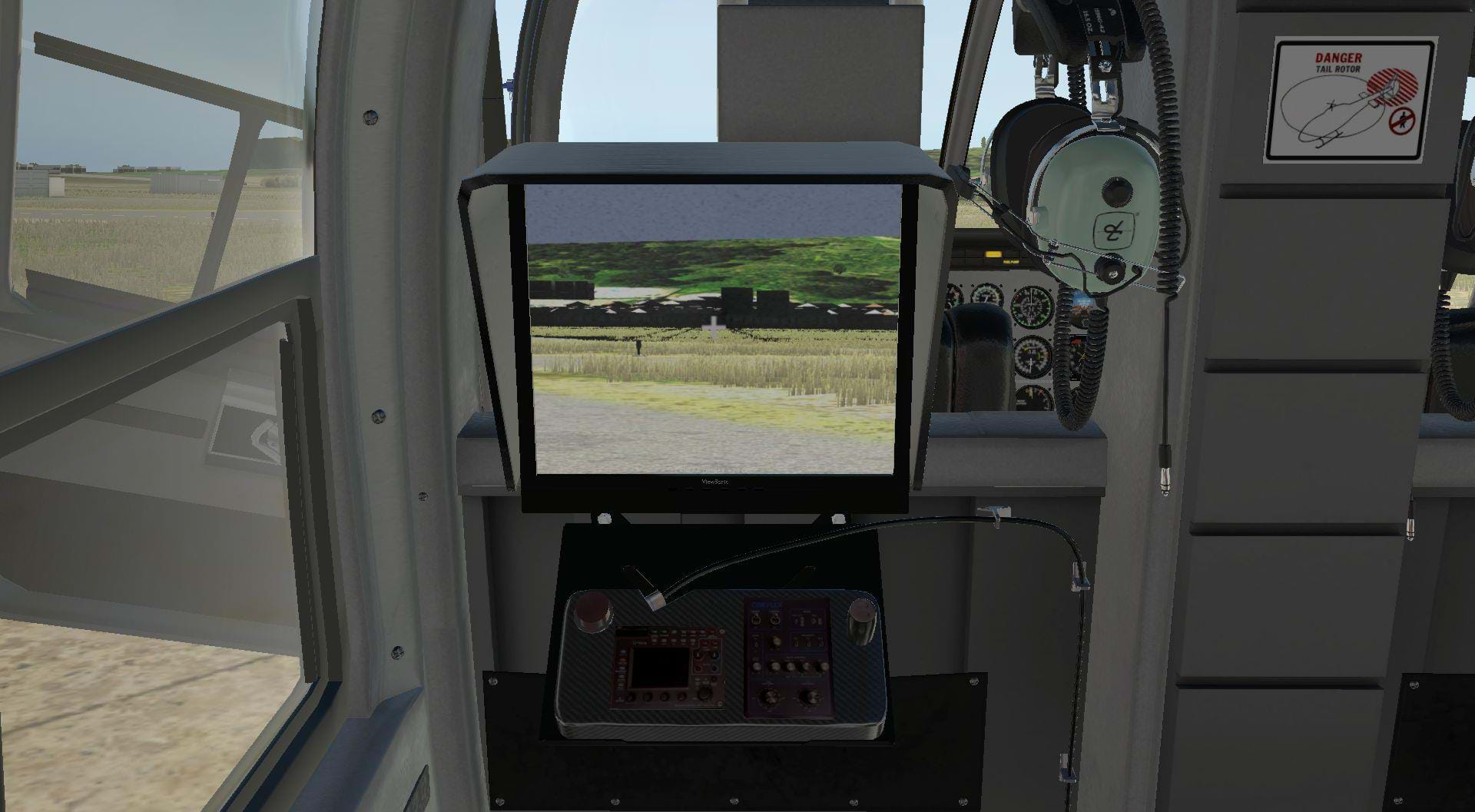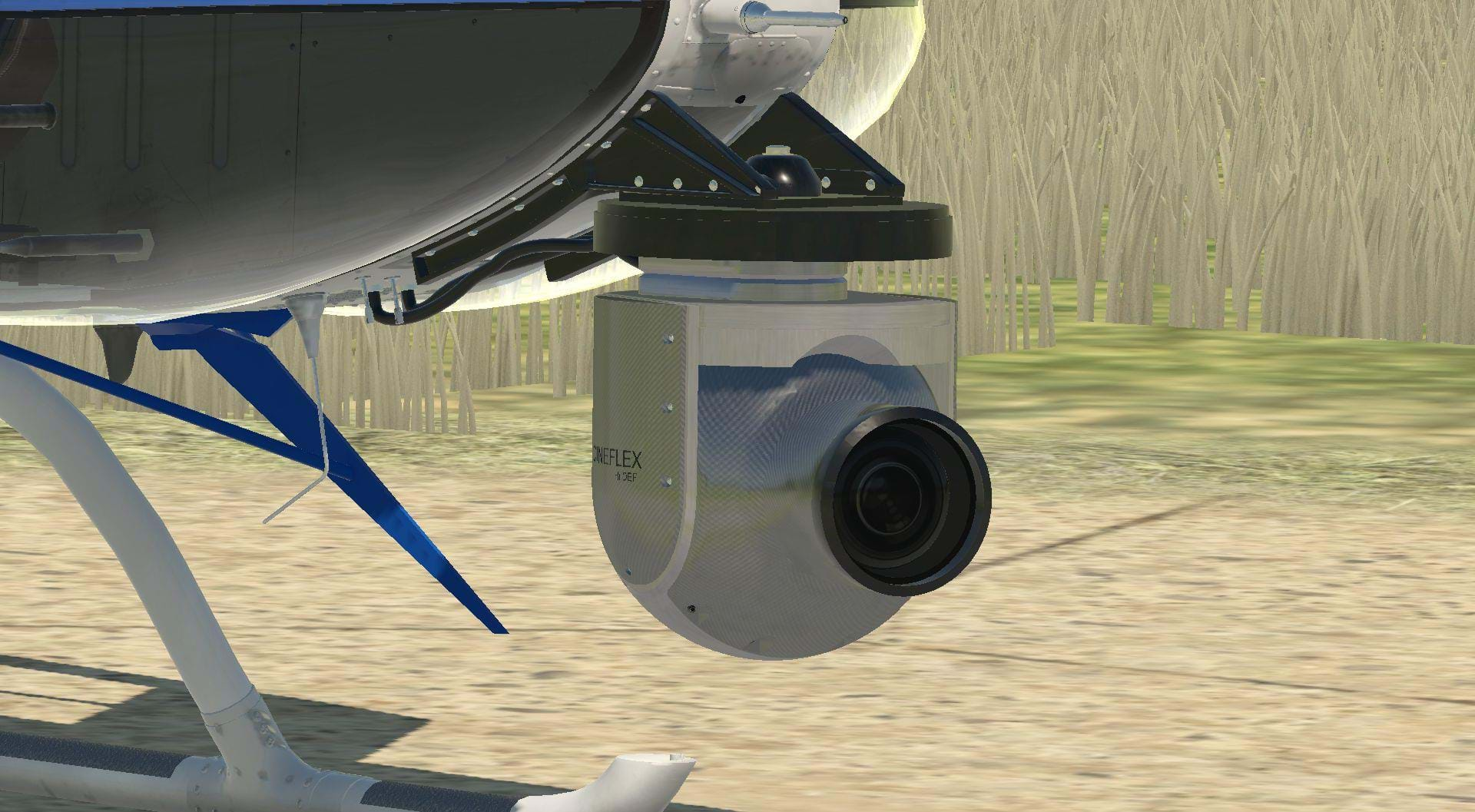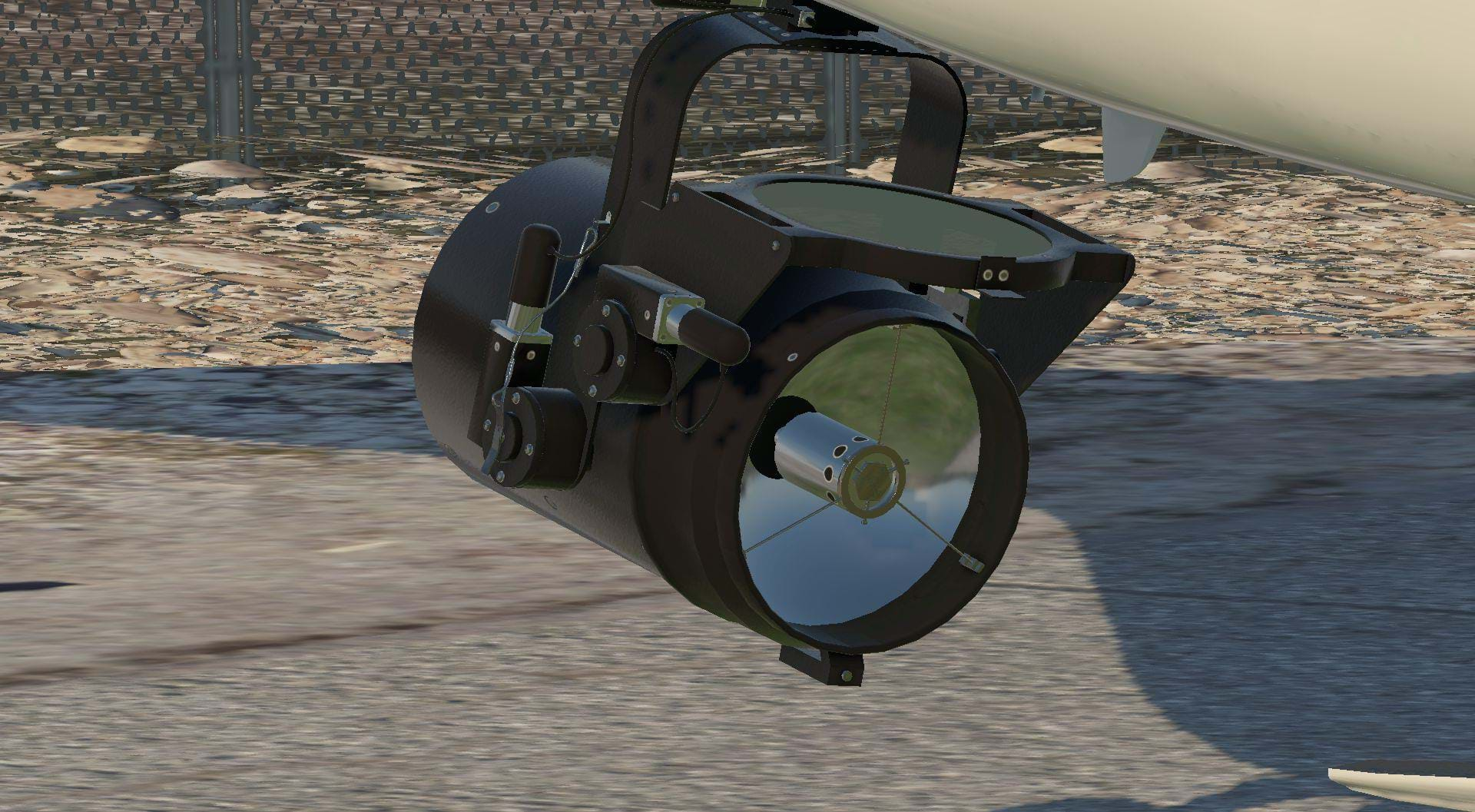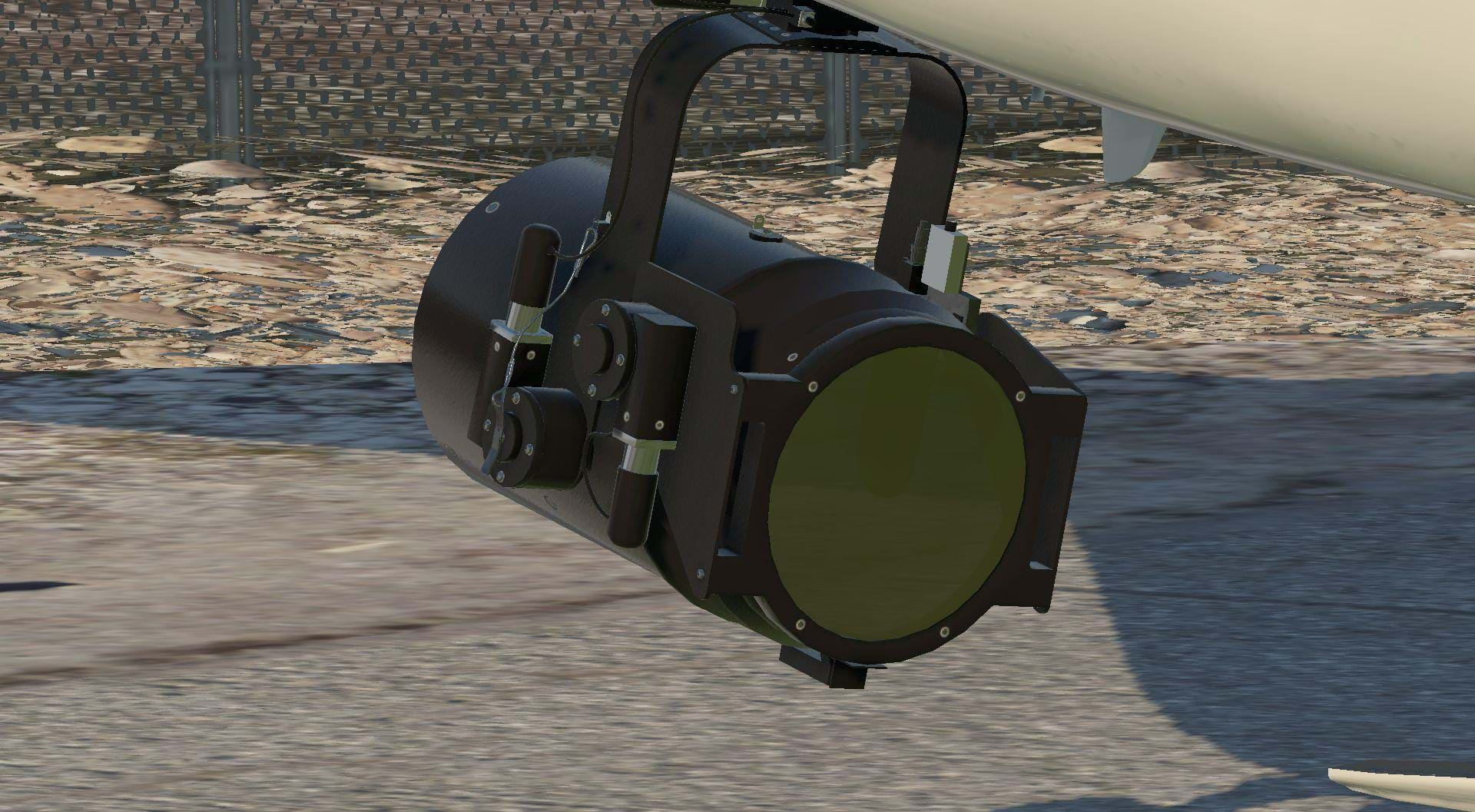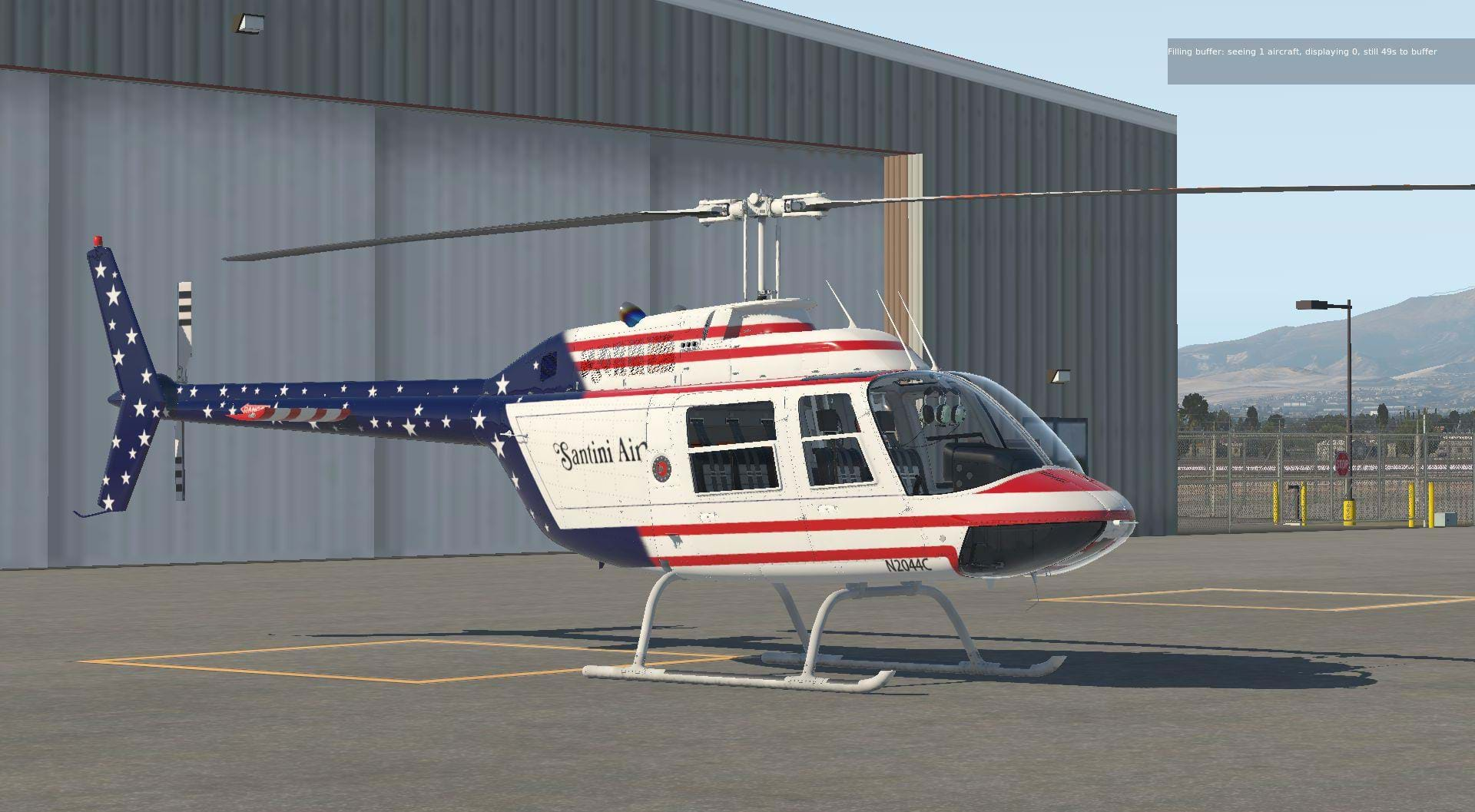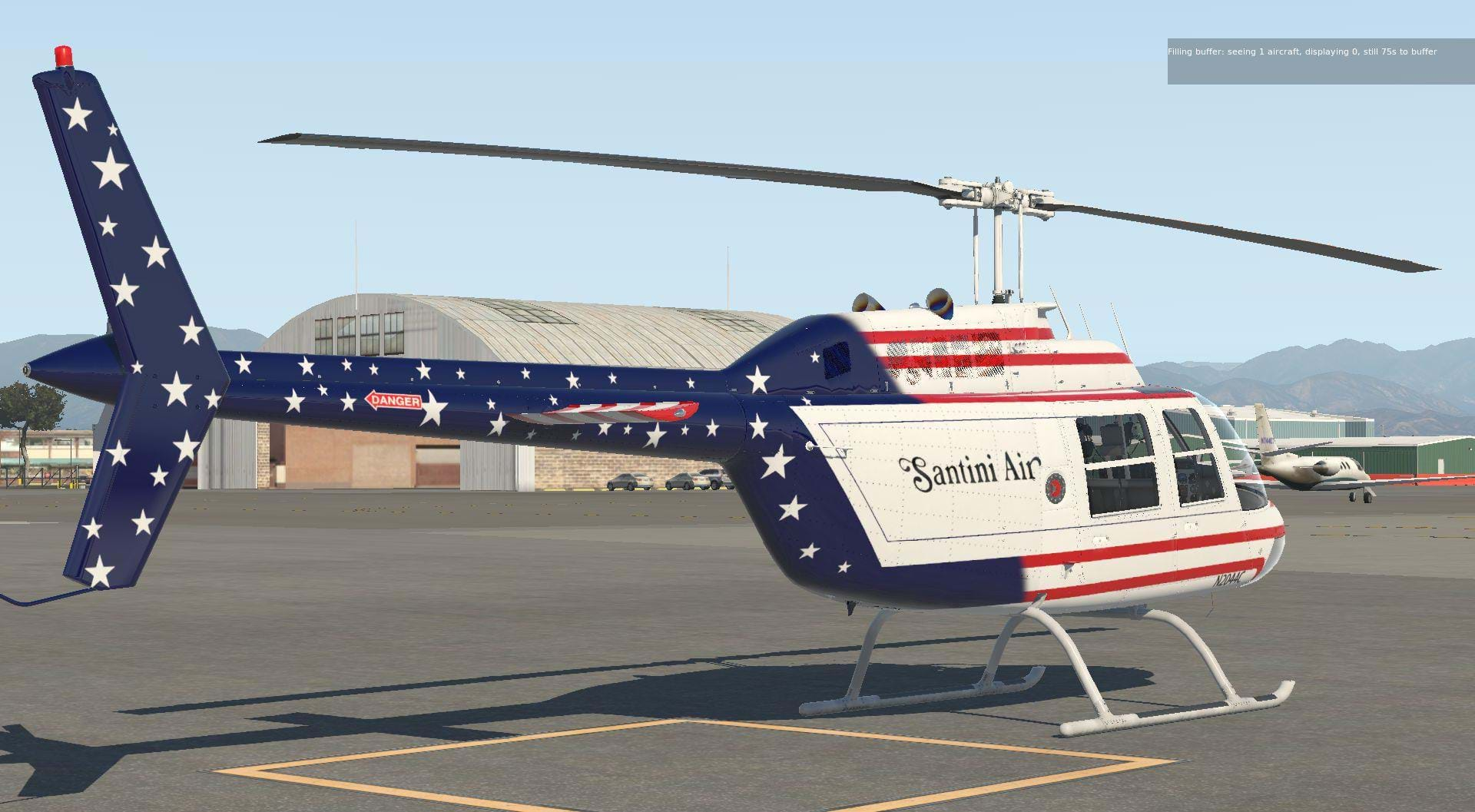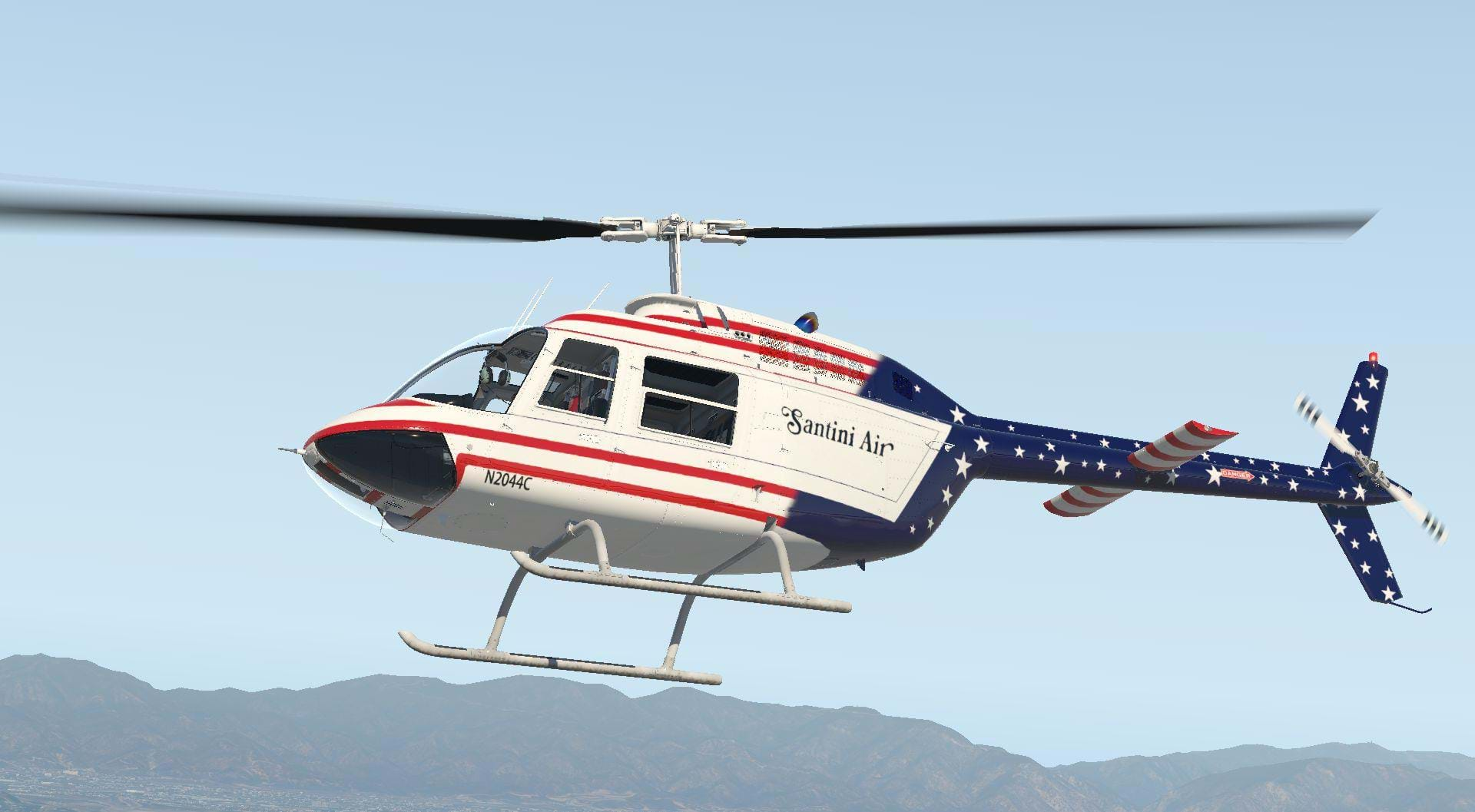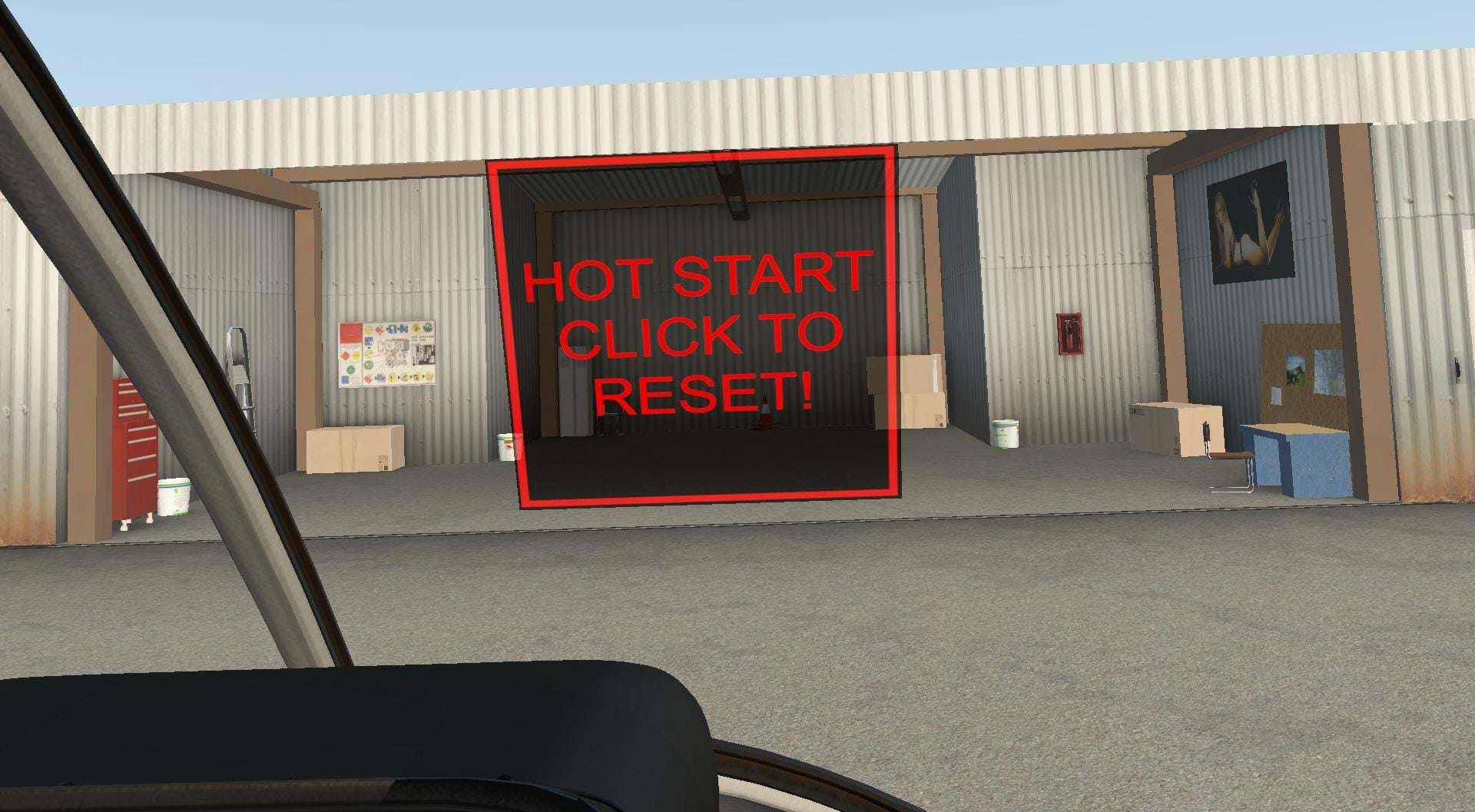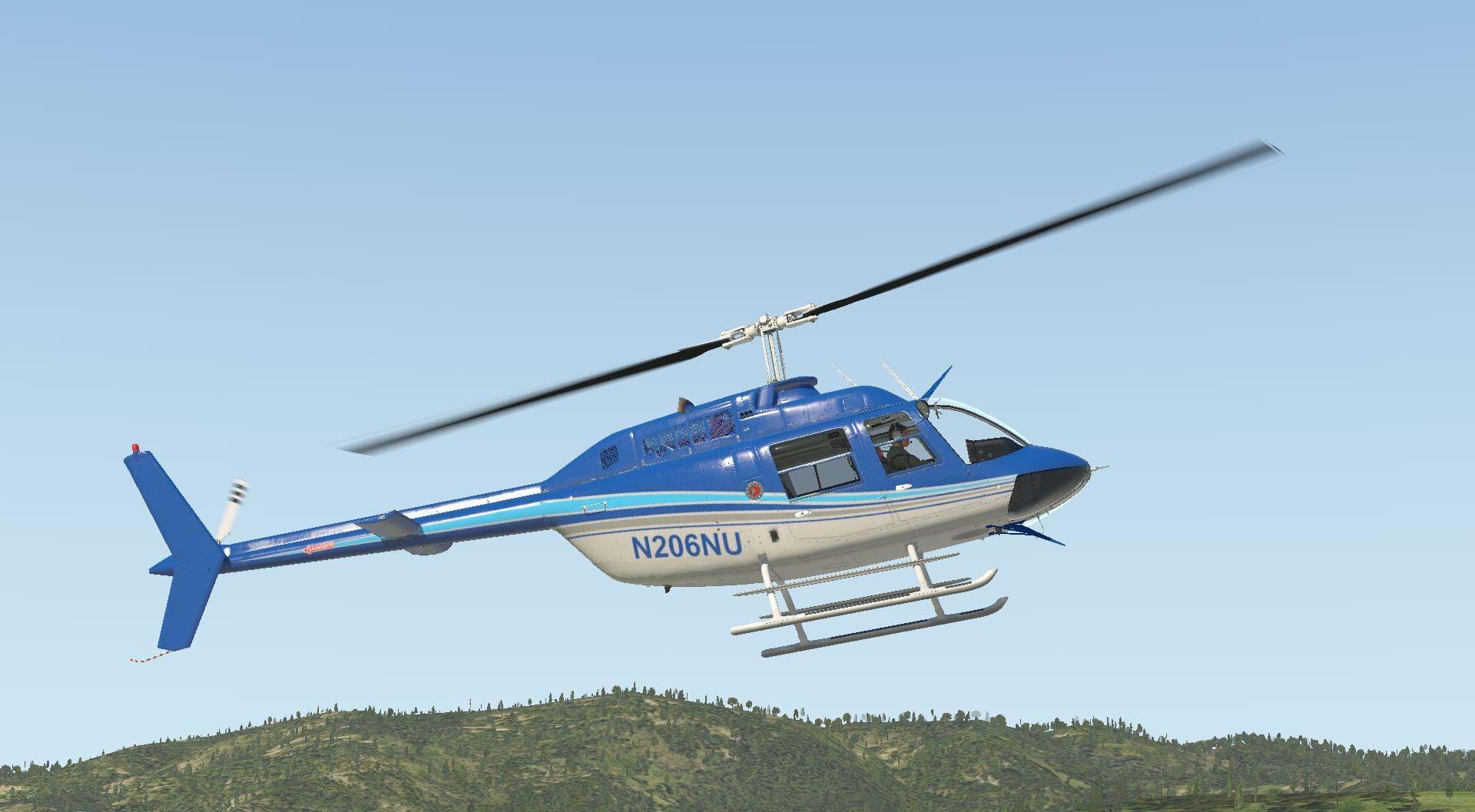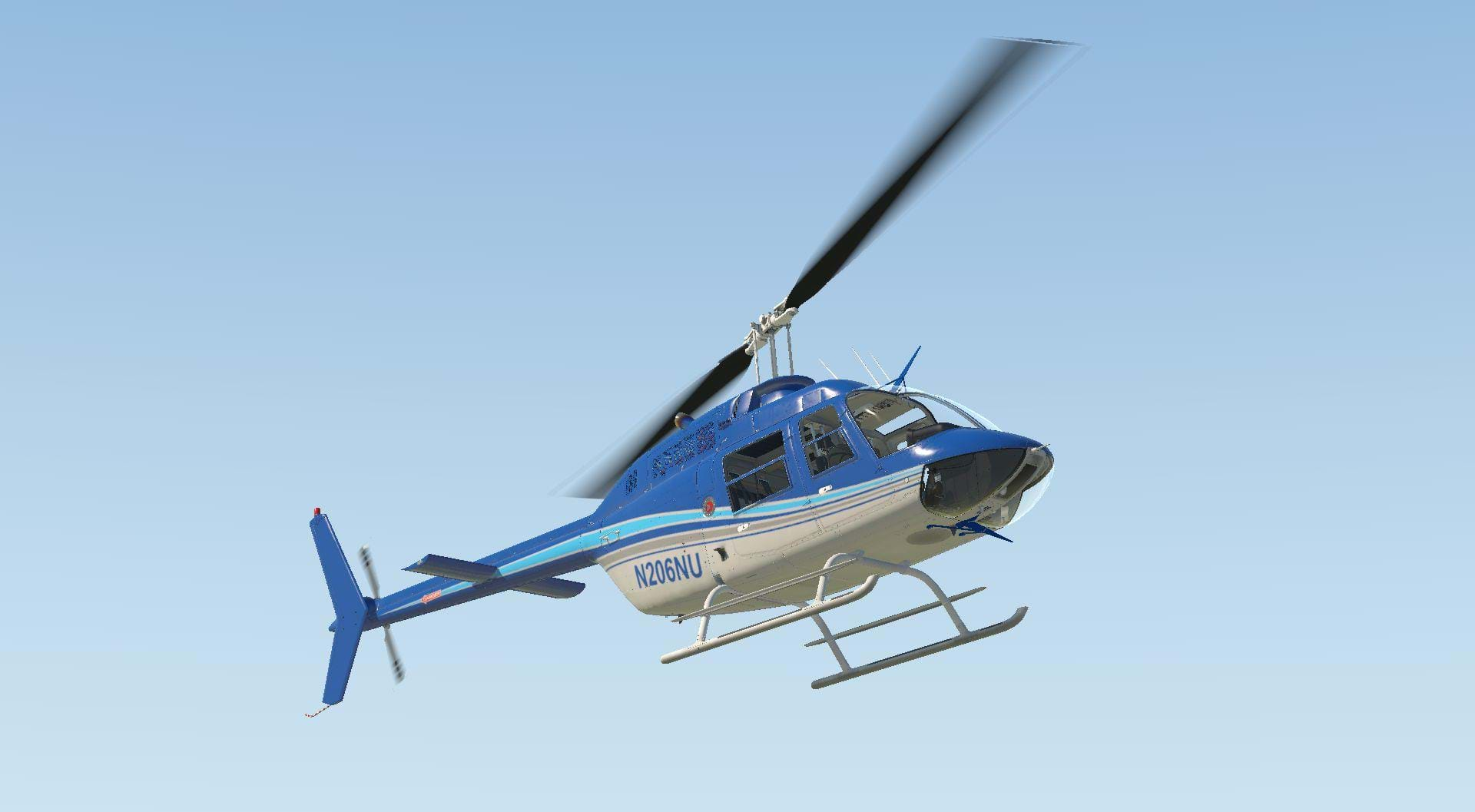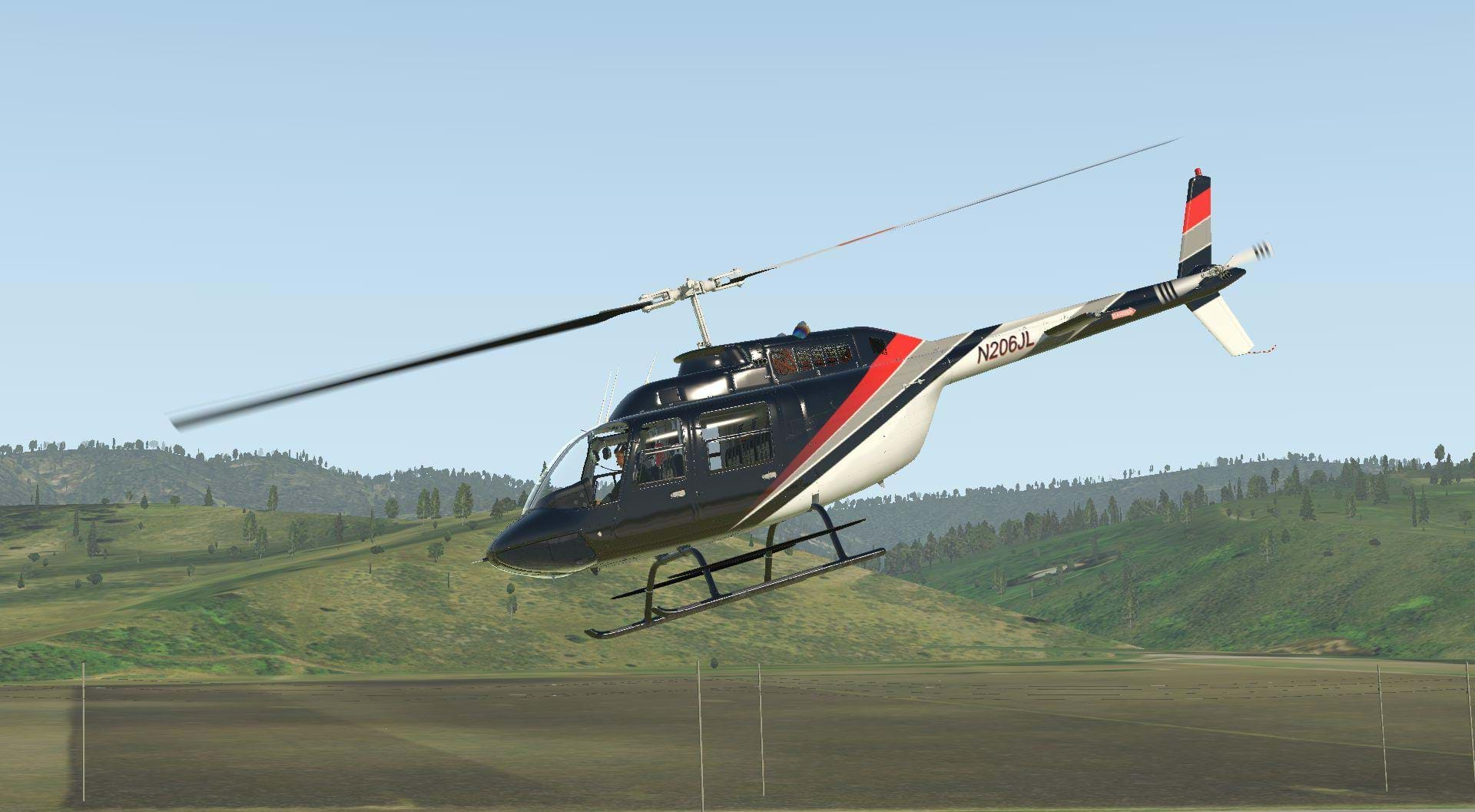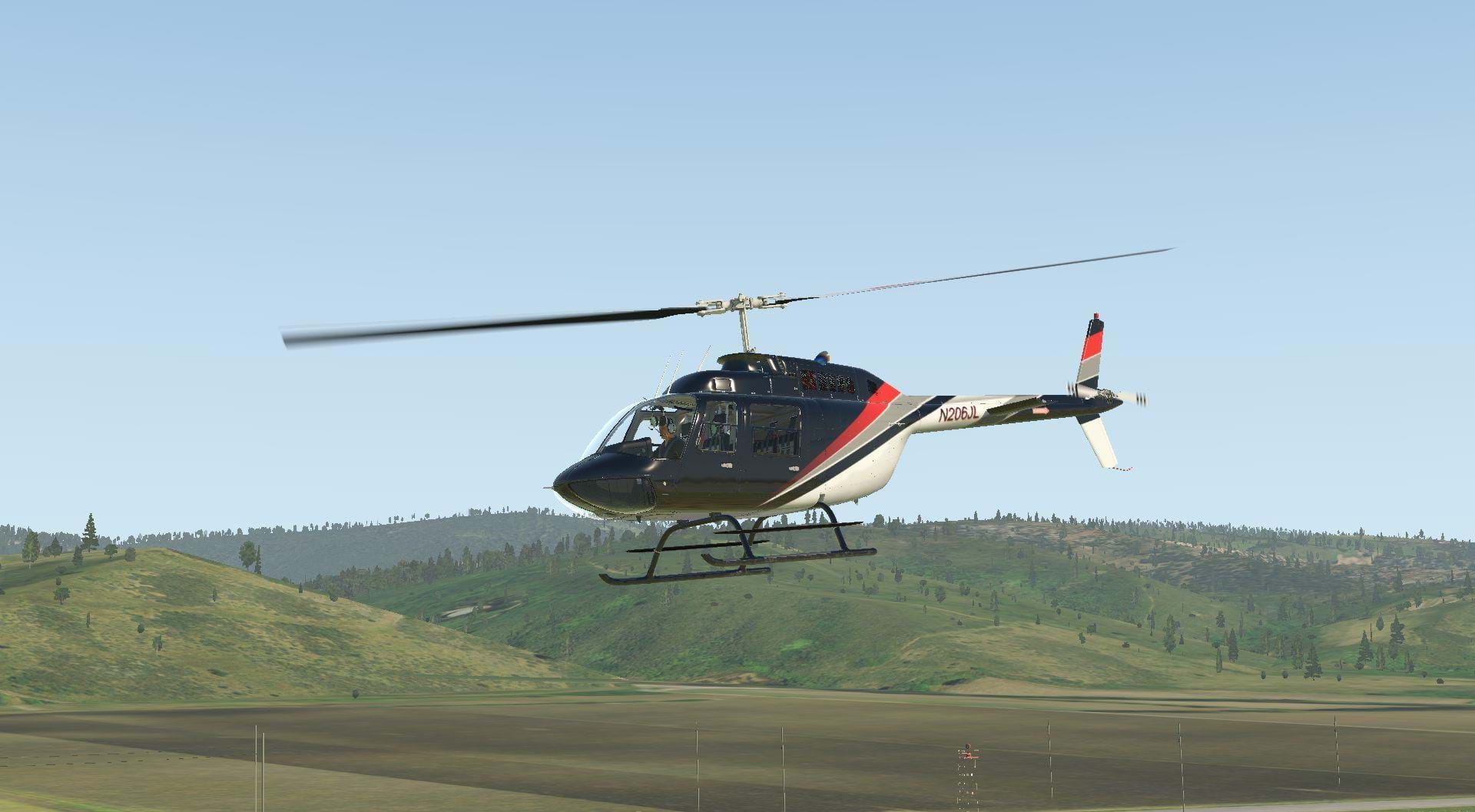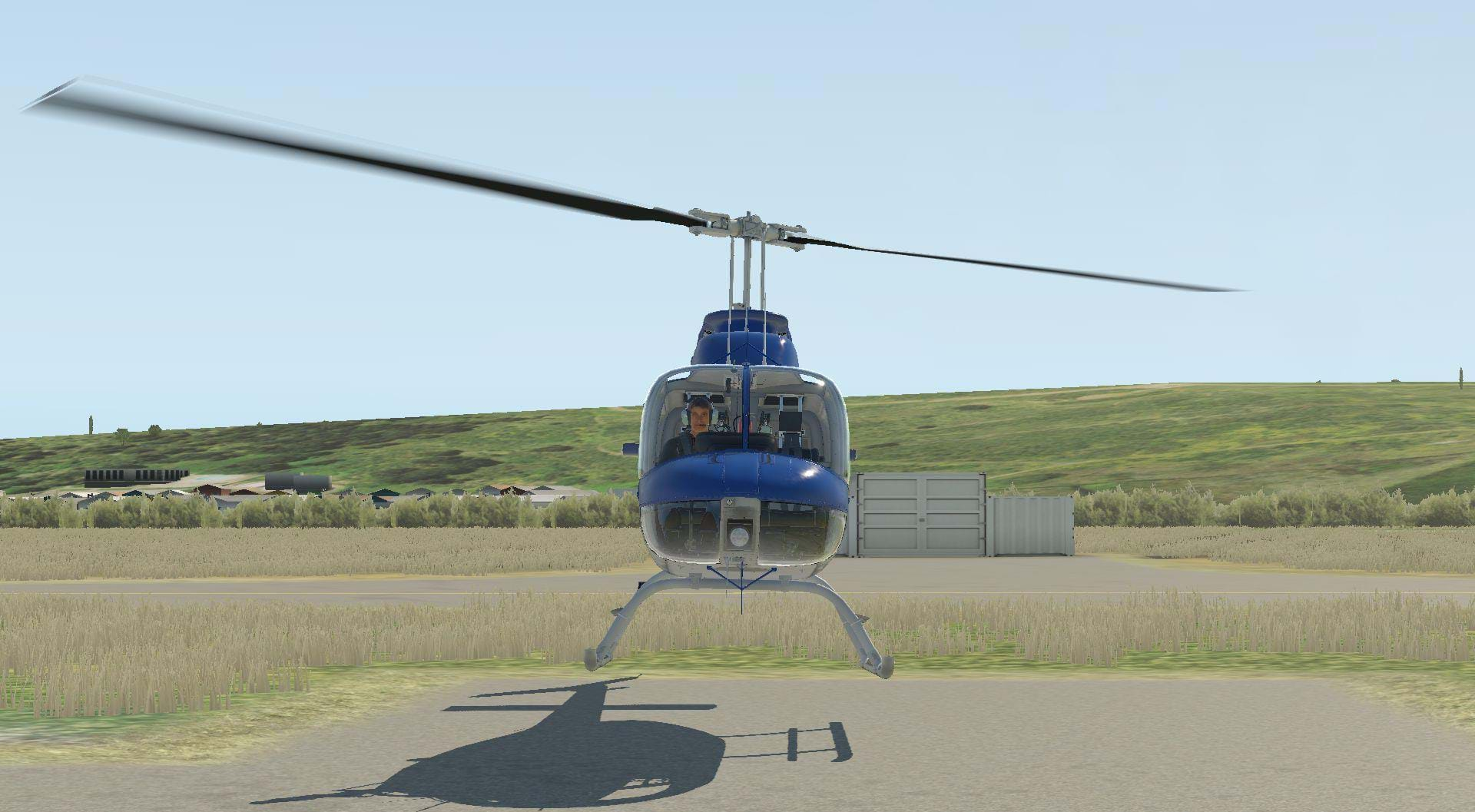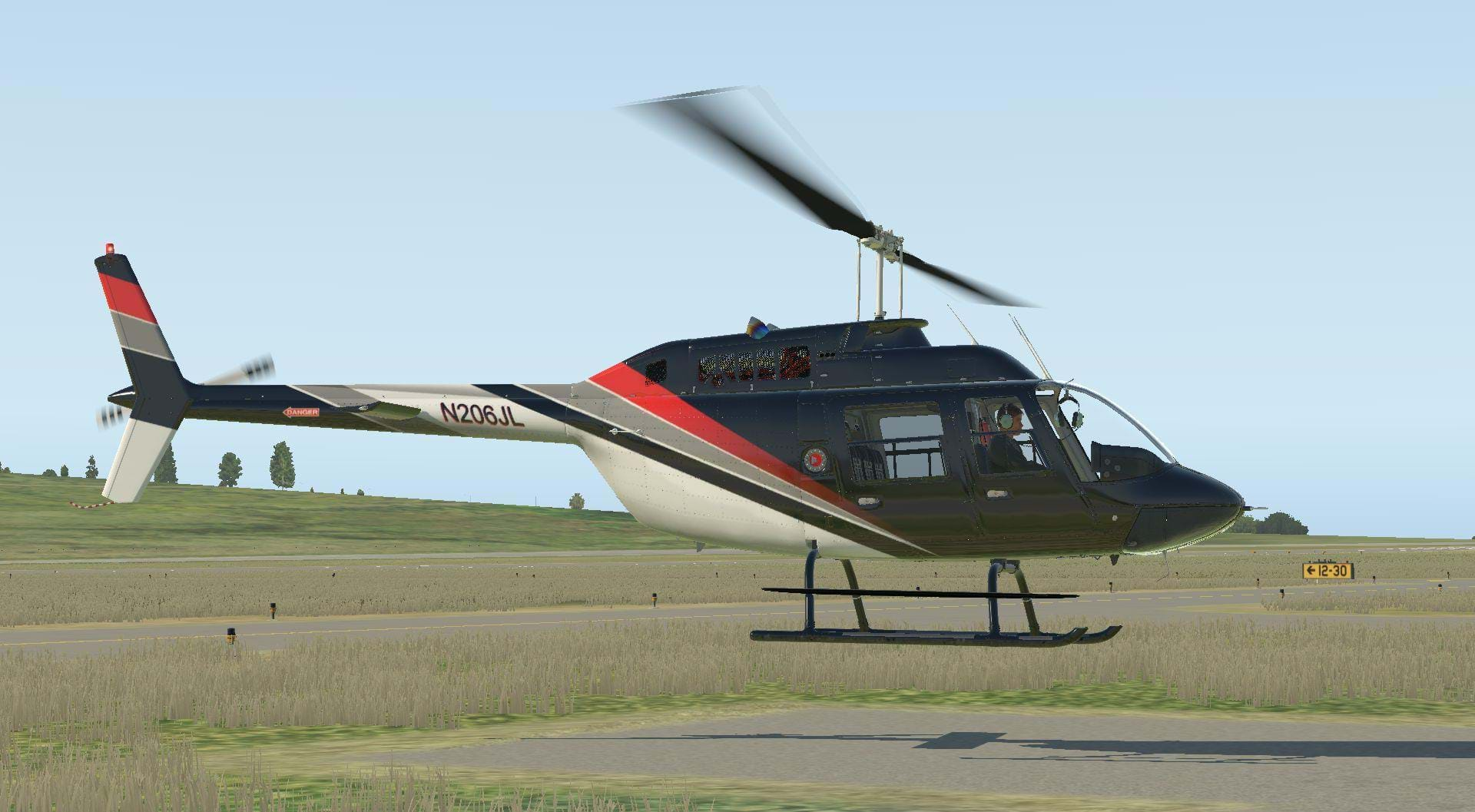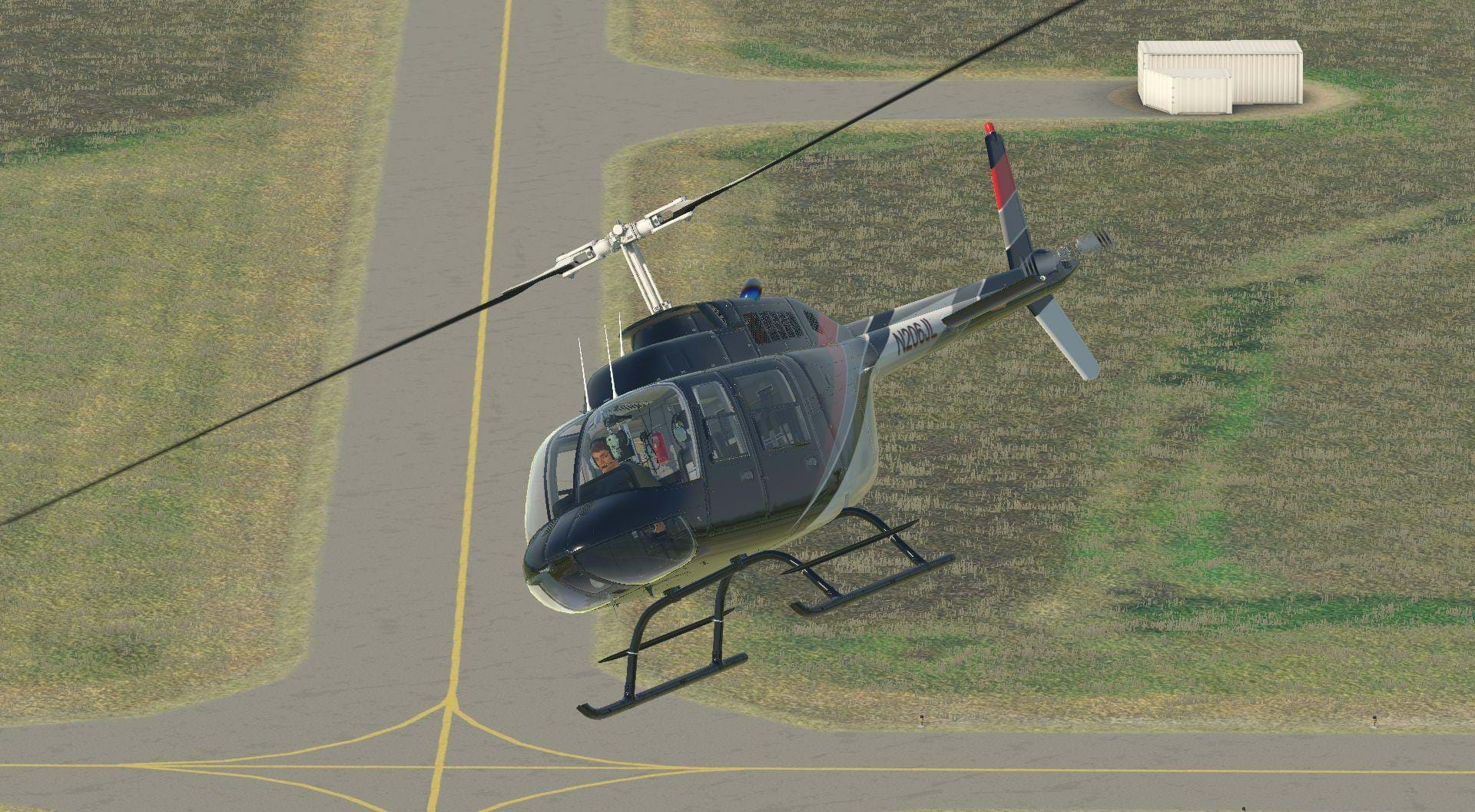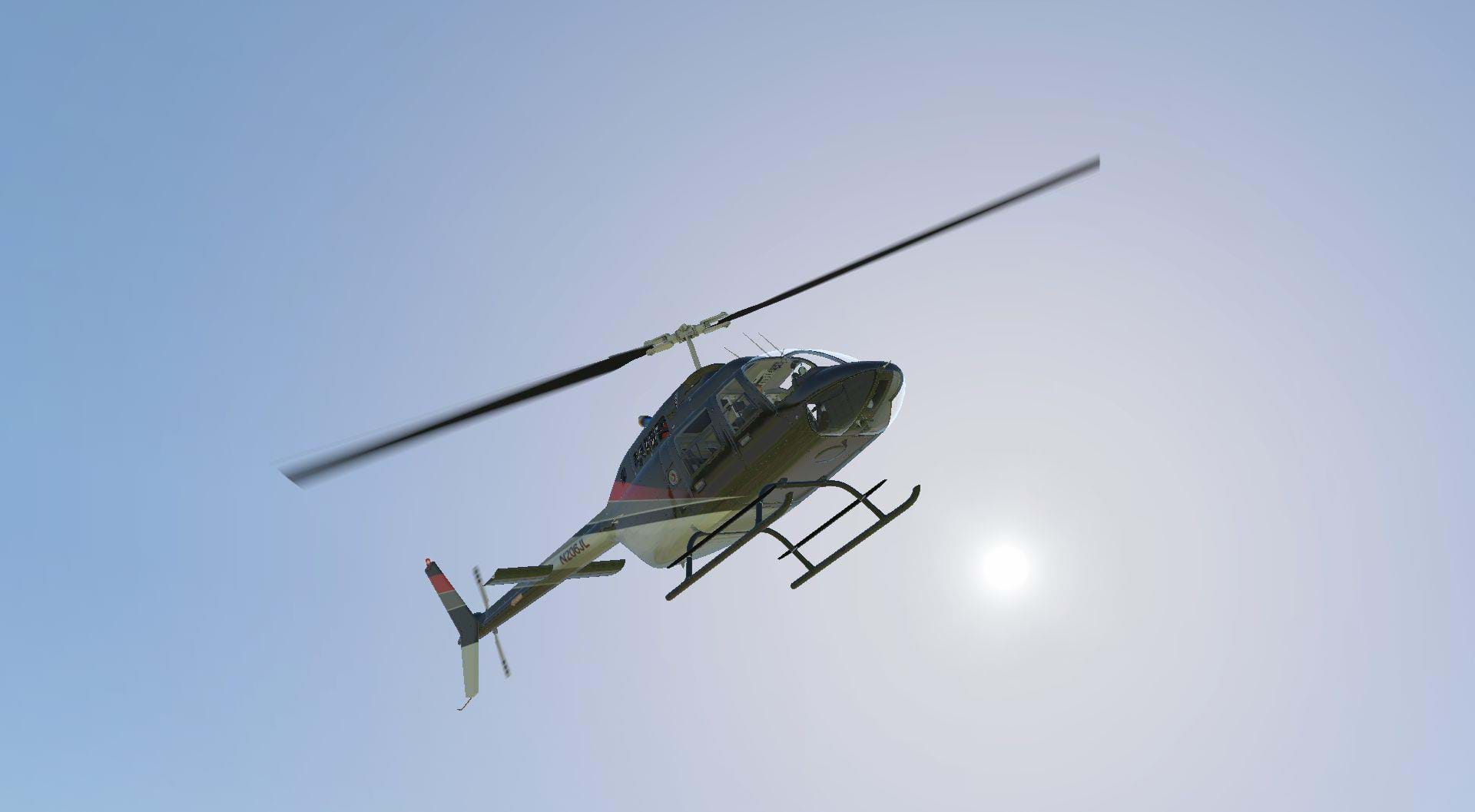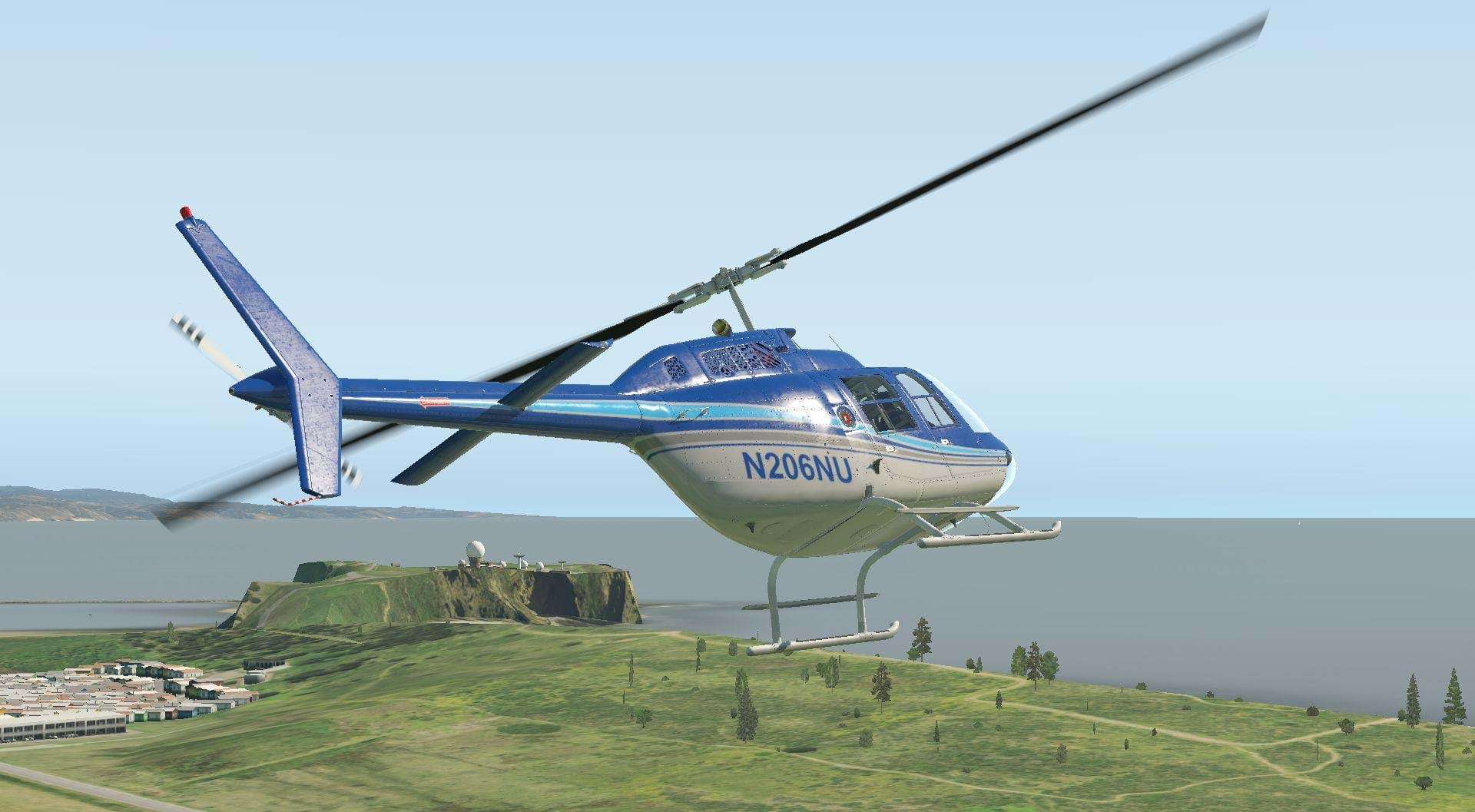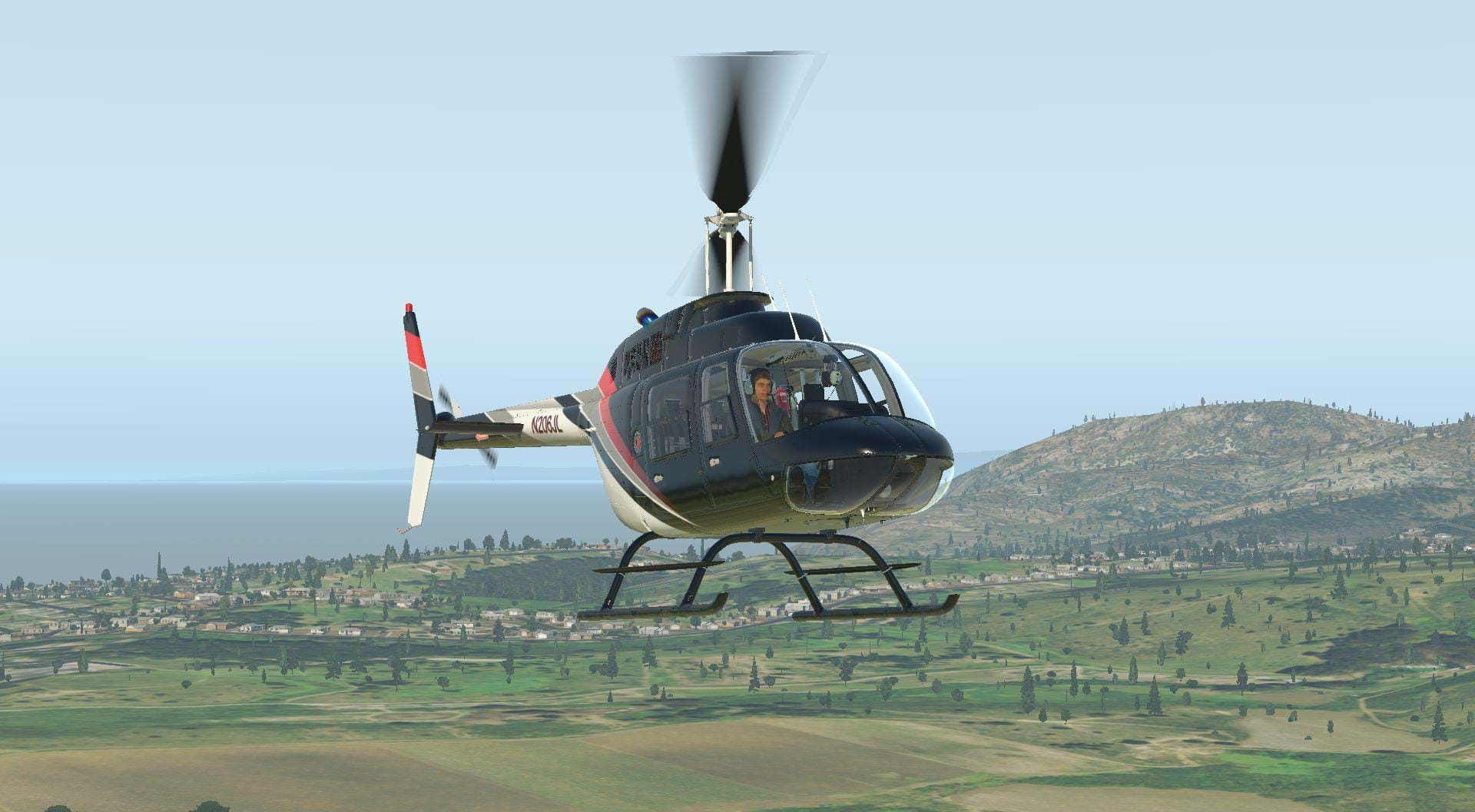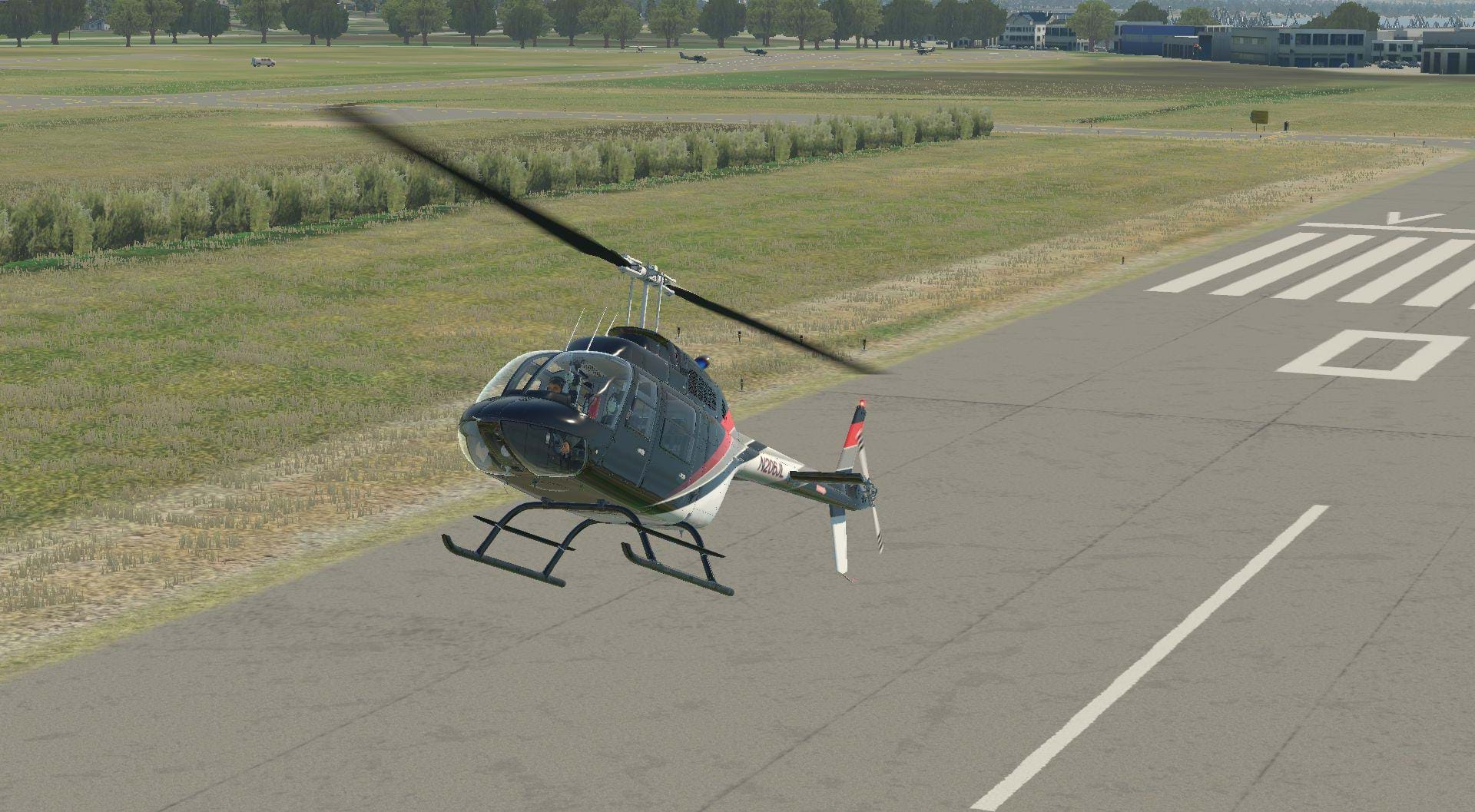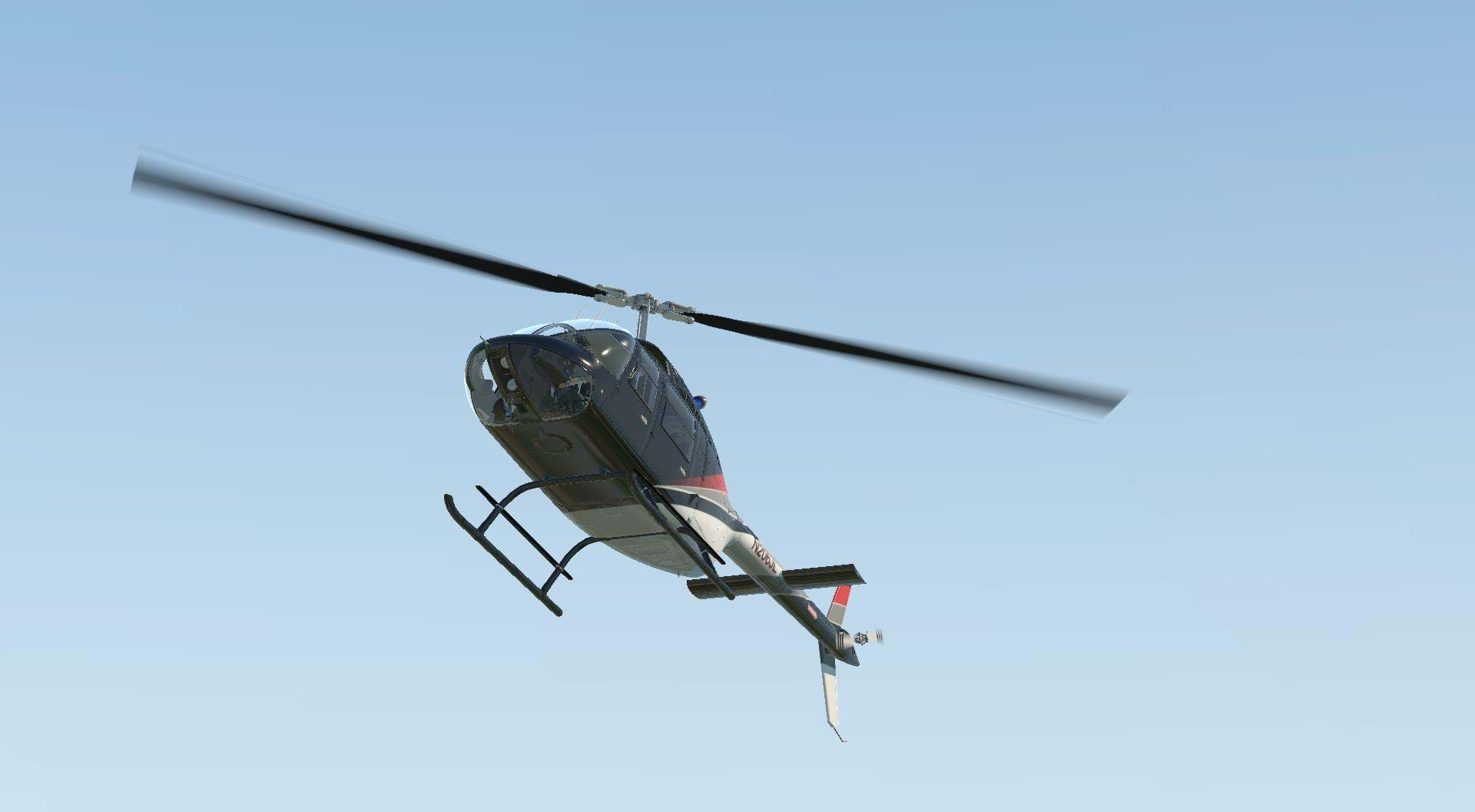The JetRanger is as close to a classic civilian helicopter as any other airframe. Like many other helicopters of its day, it was the product of a military program that found immense success in the private sector.
The 206 was among the first turbine light utility helicopters to hit the market, with the type really hitting its stride with the 206B3. The 206 has been around for a long time!
The 206A started production in 1966 and the last 206B left the plant in 2010. Because of its success it’s not surprising that the JetRanger has been a staple in the flight simulation community as well. I remember it as the first default helicopter in FS98 and stayed all the way up to FSX.
Since then we’ve had a few 206’s both payware and freeware become available. The Dodo Sim 206 was a hit for FSX, that brought systems and flight modeling to a new high, while the freeware Eagle Rotorcraft Sim 206 had in my opinion, the better visual model.
The 206 was a common sight in X-Plane as well, usually making an appearance in the rotating roster of default aircraft up until X-Plane 11. In this review we’ll be looking at the Cowan Sim 206, the latest in a long line of flight simulation representations of the mighty JetRanger.
Full Disclosure
I was able to test and provide input on this model prior to its release, although my involvement was very limited, most of my concerns with this model were addressed prior to its release. So if it seems like my review isn’t very critical, it’s because I got all of my complaining in early.
Installation
This model installs just like every other X-plane model, just unzip it and drop the complete folder into your Aircraft folder in X-plane. This model also natively supports avitab, so if you already have Avitab installed, it will work with no more action needed by the user.
First Look
This is Cowan Sim’s third model for X-plane, and it doesn’t disappoint. The 206 is the most polished, best looking, accurate visual model Cowan Sim has released and arguably the best looking 206 for any home use simulator to date.
Looking at the external model, there really isn’t much to complain about. Like I mentioned before, this is the best-looking visual model Cowan Sim has put out so far. I’ve been critical of previous external models from Cowan Sim before, especially when it comes to scaling of components, and the general shape and appearance of the airframe.
The attention to detail on this model exceeds the previous two releases, the proportions and scale is correct everywhere I’ve looked. This is obviously a good thing! With an airframe as iconic as the 206, you don’t want to mess it up! I could write more about it, but just have a look for yourself.
Cowan Sim always has some extra details if you look close enough.
If I were to get really nit picky about the external model it would be the engine. There was some significant effort to show some of the tubing and components behind the mesh screens of the engine compartment but left only what looks like a metallic cylinder to represent the 250-C20 turboshaft.
Again, this is really nitpicky.
Cowan Sim also took the texturing to a new level with this model. The upholstery in the cockpit is very convincing, giving the look and feel of fabric and leather. You really get the sense that things are made from different materials.
This approach to texturing is very similar to what you find in JetRanger models and really makes this cockpit immersive. For example, if you look at the top of the cyclic you can see some imperfections in the simulated hard plastic when the light reflects on it at certain angles. It’s all very impressive.
If I had one complaint about the texturing of this model it would be the parts depicted as bare metal. Most bare metal on this model looks like it’s highly polished or chromed, which looks neat, but not very realistic. This is most apparent in the cockpit where most of the metal parts are really shiny, there are a few that aren’t like the Hydraulic switch, but everything else is very reflective.
I want to specifically point out that this is the most accurate depiction of a B8 style flight grip I’ve ever seen in any model on any simulation platform to date. And I’m glad Cowan Sim decided to use a B8 over the more common standard one. This should make its way into the cockpit of the Cowan 222, as it’s a much better representation that the one currently used.
This model gives you lots of configuration options via the configuration manager. You can get to it one of two ways, from the tabs on the X-Plane UI menu bar or by clicking the Helicopter Pilots Handbook in the cockpit. It also has an option to set your VR head position which is probably my favorite feature.
In addition to the high and low skid versions, you get options for showing passengers, radio/GPS set up, ground power unit, and removing the doors.
You also have some mission equipment options as well. You can add floats, a spray kit, wire strike protection kit, night sun style search light, and a Cineflex style camera.
Cowan Sim went a little extra with the Cineflex, and the search light. The camera is not only movable, but also displays what it’s looking at on the screen in the back seat work station!
Cowan Sim went even further with the search light. I assigned the up, down, left and right commands to an extra hat switch, and was able to slew it around. You can also assign the command to open and close the hood on the front of the light.
There lots of options but if I had one complaint it would be the convex mirror mounted to the skid. These are typically used for sling loading, but the Cowan Sim 206 doesn’t have that capability. It would be nice to have even the default sling load ability in this model, I had the same complaint about the Cowan Sim 500E [note from the editor: you can read our review of the 500E by Nick Bates here]. Throw in a belly hook, and just the basic default X-plane sling load ability and it would be awesome.
There’s also TONS of liveries to choose from that come with the model. Of course my favorite is the Santini Air paint job from the TV show Airwolf. This model comes with two Santini Air liveries, one listed as Santini Air, the other as N2044C. N2044C is the actual tail number for the JetRanger featured on the show, and it’s also the more accurate of the two liveries.
I should also mention the paint kit for this model. Cowan Sim created a fantastic paint kit that simple and easy to use. If you’re looking at getting into doing your own repaints for X-plane, this is a great way to get into that. The paint kit is well organized, labeled, and laid out in simple easy to understand fashion. It also comes in Photoshop PSD format, as well as Gimp for those who don’t have or refuse to pay for Photoshop.
Sounds
The sounds on this model are really good. With the exception of the general “click” sound of the switches, all of the sounds seem like they come from a real 206. Everything from the fuel pumps to engine light off sounds great. The external sounds are obviously recorded from an actual JetRanger and on shut down, you can hear the tinks, pings and other familiar noises turbine engines often make while cooling in the ambient air. This was a nice touch.
Systems
The JetRanger isn’t a complex aircraft, so digging into the systems doesn’t take long. The electrical system is simple and modeled well. This is apparent by battery drain, and the GPU starts. Other systems don’t seem to move the needle on the DC volt meter except the generator when it comes online.
There’s an auto-relight system that I couldn’t figure out a realistic way to test. For example, just shutting off fuel by rolling the throttle off is the most practical way to simulate a flameout, but not really the most realistic. And X-Plane’s default flame-out failure mode is ignored by this model. But you do hear the igniters firing off when you take this switch to the test position.
The fuel system seems to be modeled well. Fuel valve works to shut off fuel to the engine, and fuel pressure is affected when you pull the boost pump circuit breakers.
Hot starts aren’t as common as some people think, but they do happen, typically when N1 or Ng isn’t up to speed when fuel is introduced, or if making a start attempt with a strong tailwind blowing directly into the exhaust. If you hot start in this model, it’s going to let you know!
This model has a hydraulics switch on the center console; however, I really can’t tell the difference whether it’s on or off when flying this model. The only thing that really changes is that there’s less animated vibration in the cyclic when the hydraulics are switched on.
In reality, the 206 has hydraulically boosted flight controls, not driven. That’s to say that a hydraulic failure doesn’t necessarily mean that the helicopter becomes uncontrollable like an aircraft with hydraulically driven controls would. This really isn’t that big of a deal to me, as there would really be no way to simulate the lack of hydraulics without simulator controls with control loading or force feedback.
Flight Dynamics
So, how does it fly?
This is probably the best JetRanger so far. It has the actual JetRangers mild handling and forgiving nature.
Hovering is almost exactly what I would expect from a 206, docile and no surprises. The amount of cyclic input required to get it to do what I want feels right. Pedal input at a hover is about what I would expect as well, especially at higher operating weights.
Hover performance is a little strange. While the IGE hover torque and TOT numbers look good, OGE performance is way better than the actual 206.
This is one of the few things X-Plane doesn’t do very well; there doesn’t seem to be a real difference between IGE and OGE performance for helicopters.
I loaded this model up to max gross weight and maintained an OGE Hover on an 88° day at 7,000ft using the same hover power I used IGE. Ask anyone who’s flown a real JetRanger, and the parameters I just listed are absurd. In general, IGE power is all you really need to operate this model. As soon as you pass through 20KIAS, the aircraft climbs like a rocket. I’m not sure how much of this is the programming of the flight model, or limitations of X-Plane. Either way it’s got way too much of a power margin.
Cruise flight is delightfully uneventful in this model. Pedal input to maintain trim feels right, and the trim ball responds accurately to power changes. The model isn’t super hard to fly (neither are actual Bell 206’s) but the flight model isn’t on rails, it’s very much gives you the sense of flying a helicopter.
Autorotations in this model are good, but it does fall victim to the same traps that a lot of other models in X-Plane do.
Rotor RPM management in the descent and during turns is mostly realistic. The rotor really wants to overspeed during a regular autorotative decent, and it takes a bit more collective to keep that in check, which means you need even more in a turn.
This model represents a high inertia rotor system pretty well, but in this case, a little too well. It has the X-Plane float that many other models do on this platform. At the bottom of a rapid or quick decent, like that of an autorotation, the aircraft will float along when the user arrests the descent.
During the float the rotor RPM will stay high for much longer than it normally would, often allowing the aircraft to climb if the user is too aggressive with their aft cyclic application. Now this isn’t to say this isn’t possible in real life, but this model and many others in X-Plane do this floating type of behavior with much less input and hold on to the kinetic energy stored in the rotor RPM and airspeed much longer than an actual helicopter would. But once the airspeed bleeds off, the termination of the autorotation is really close to what I remember from an actual 206.

